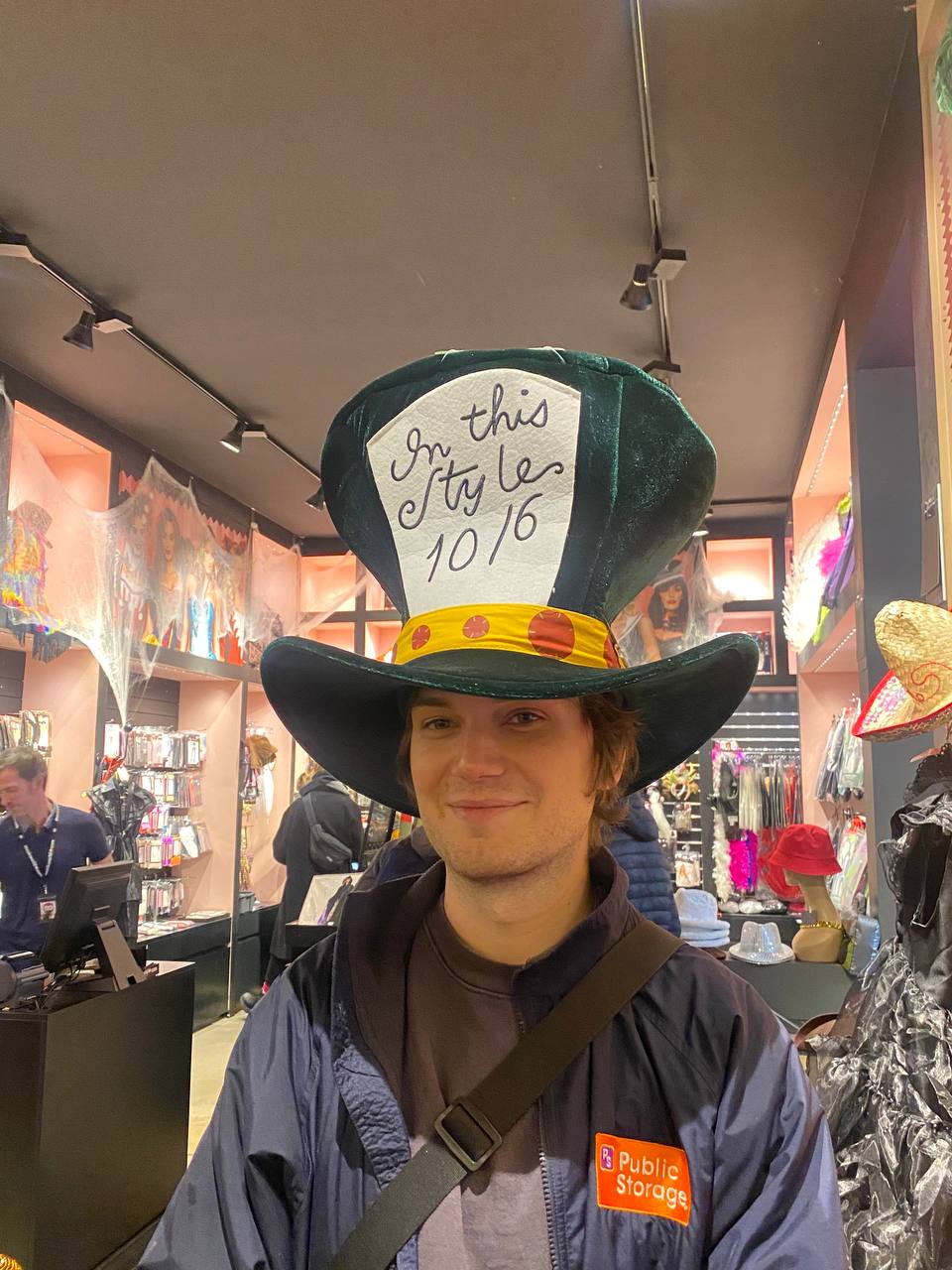
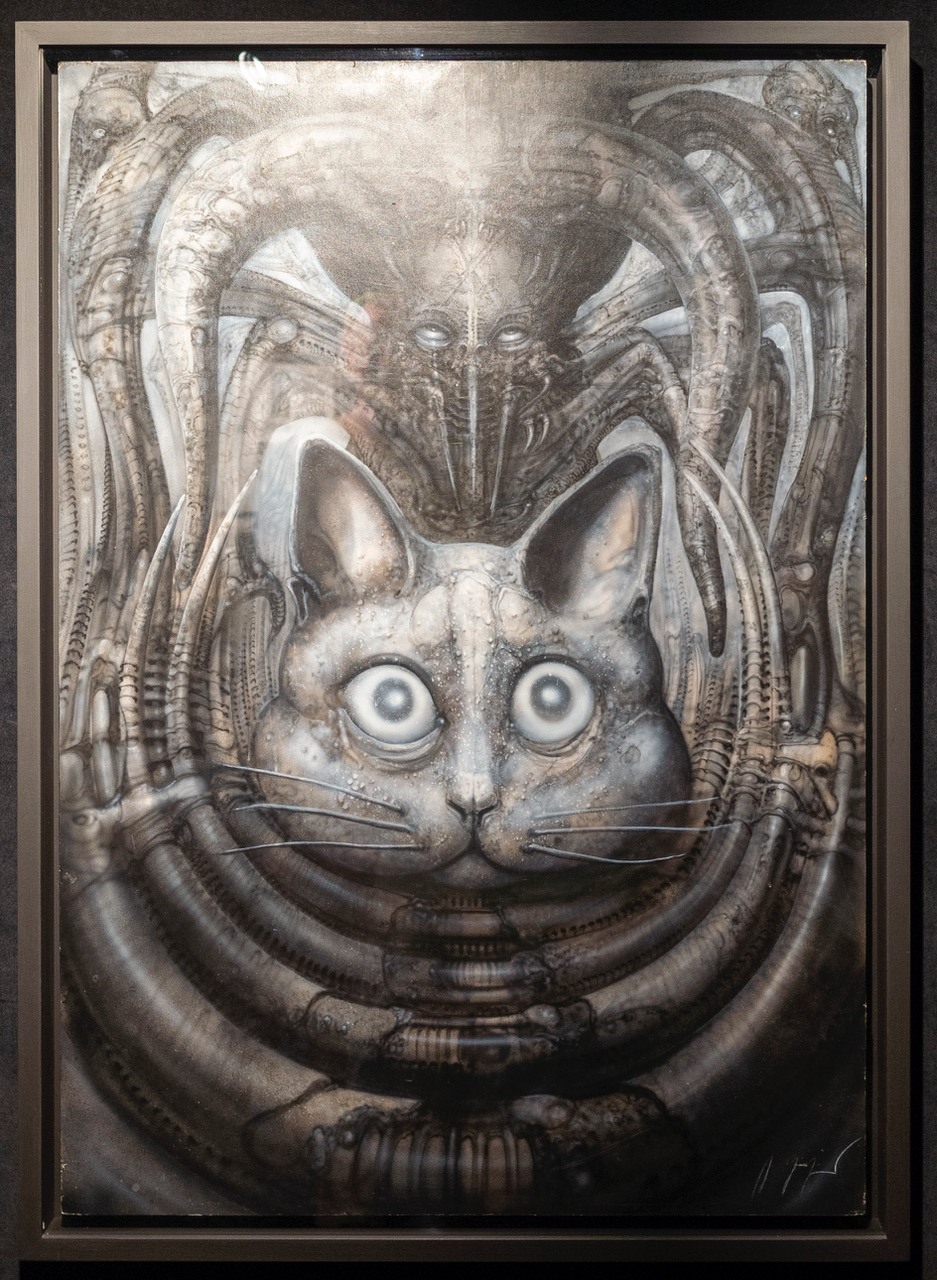

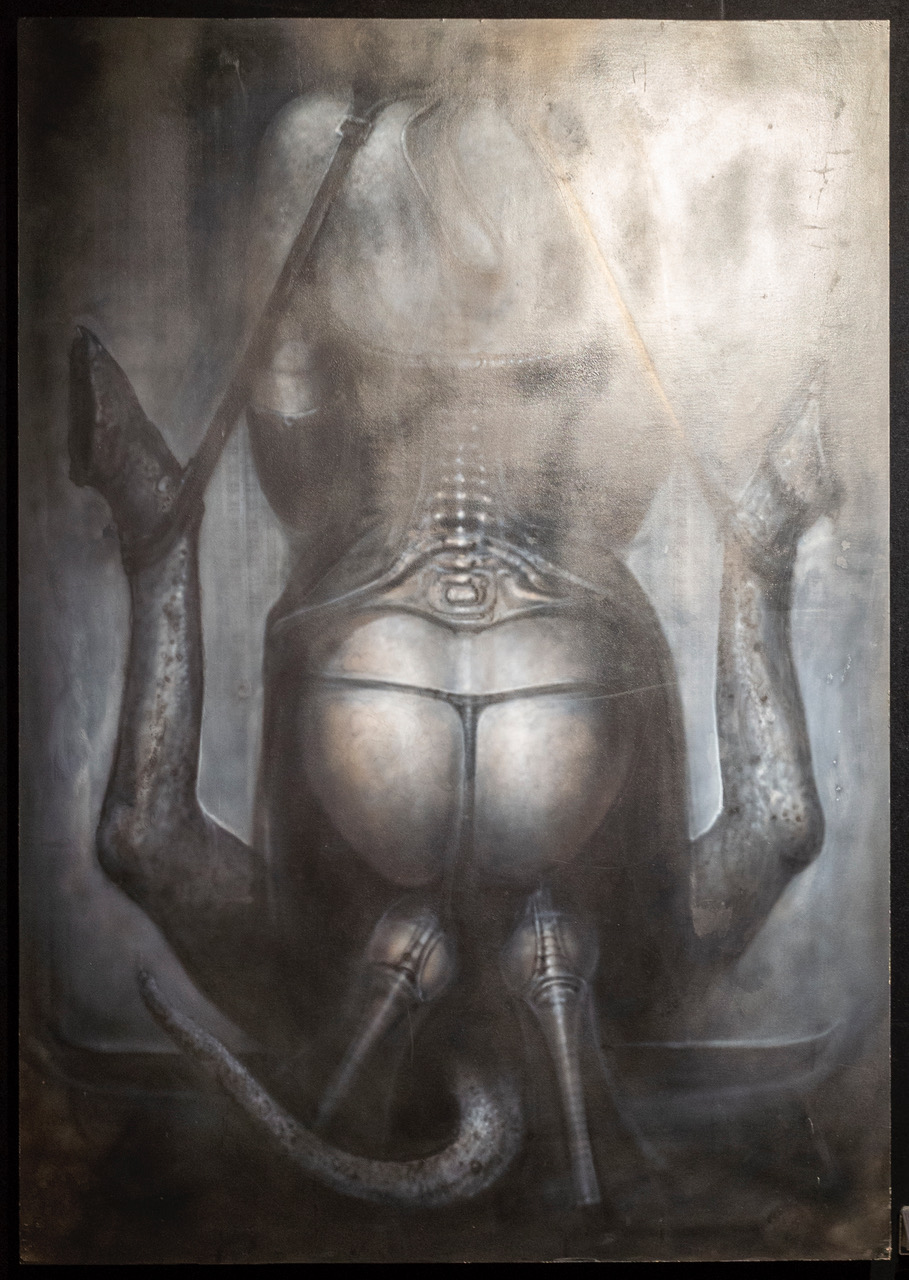

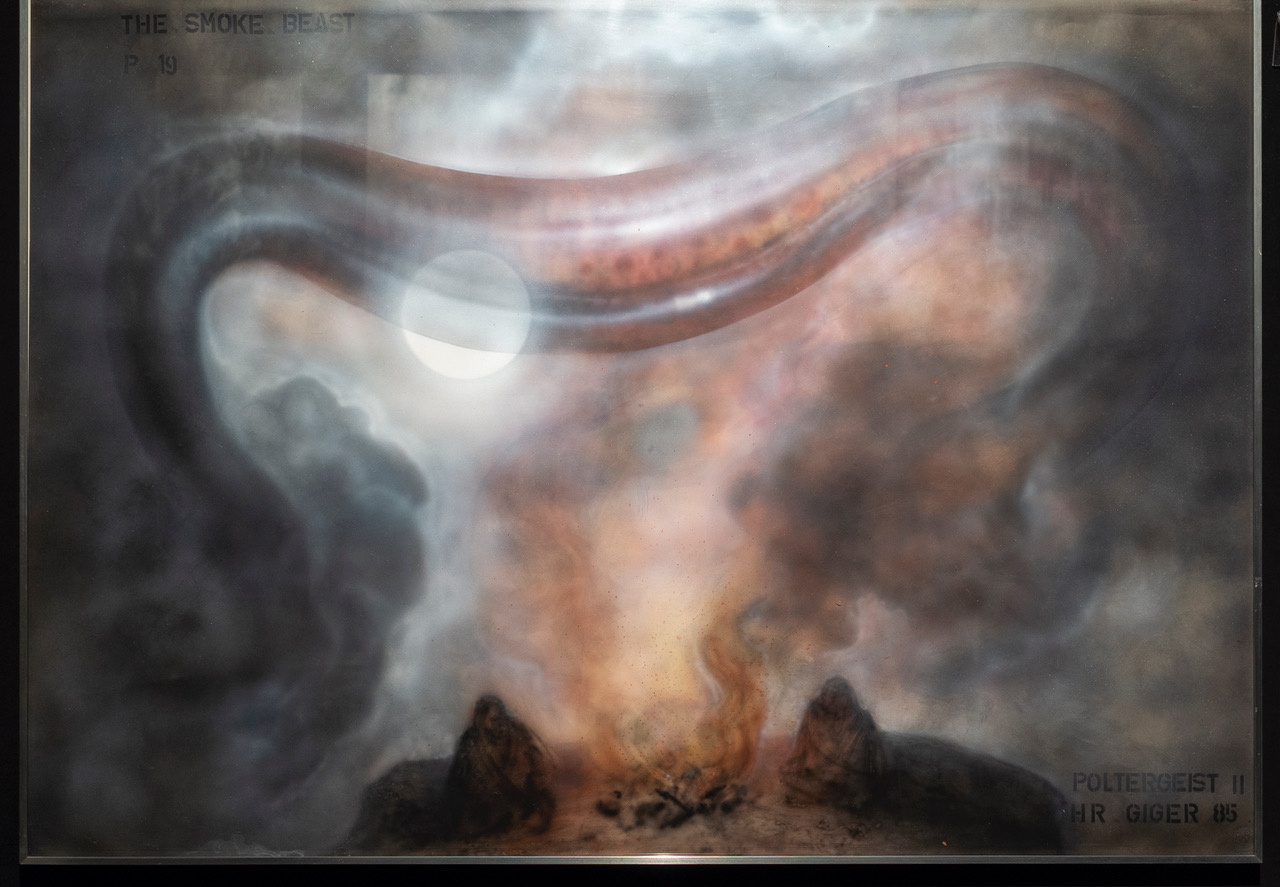
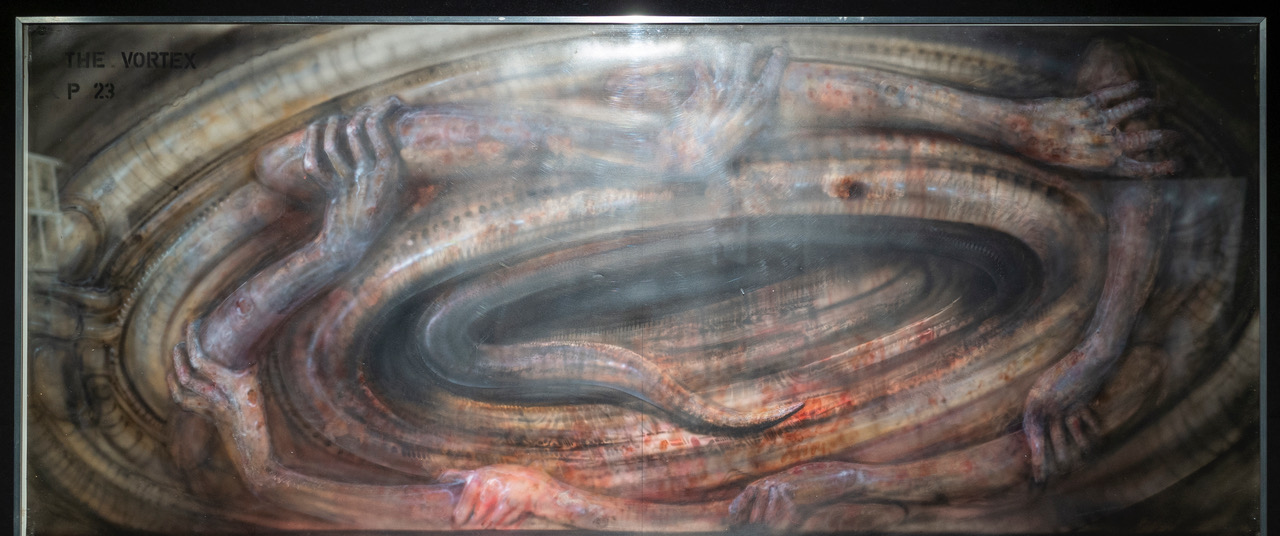

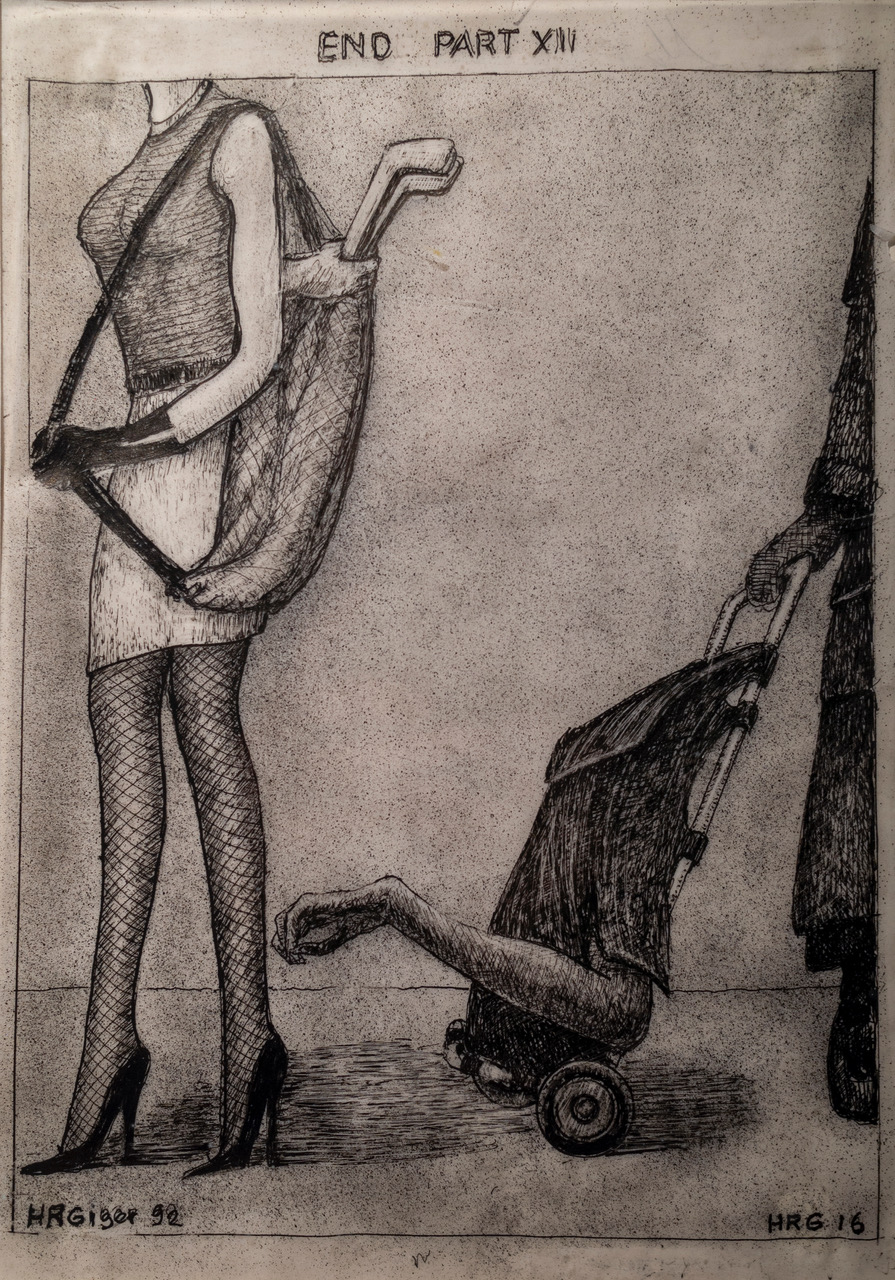
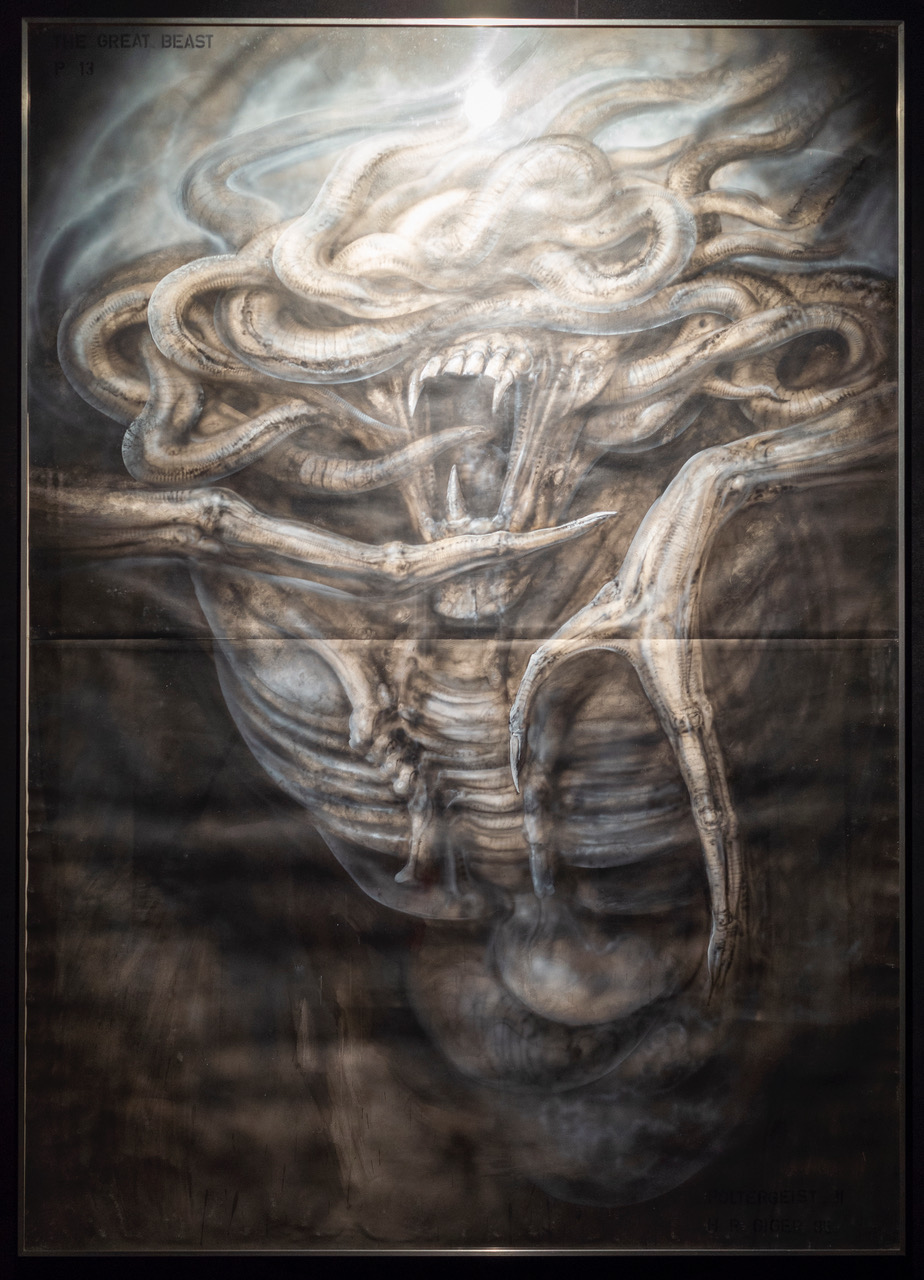
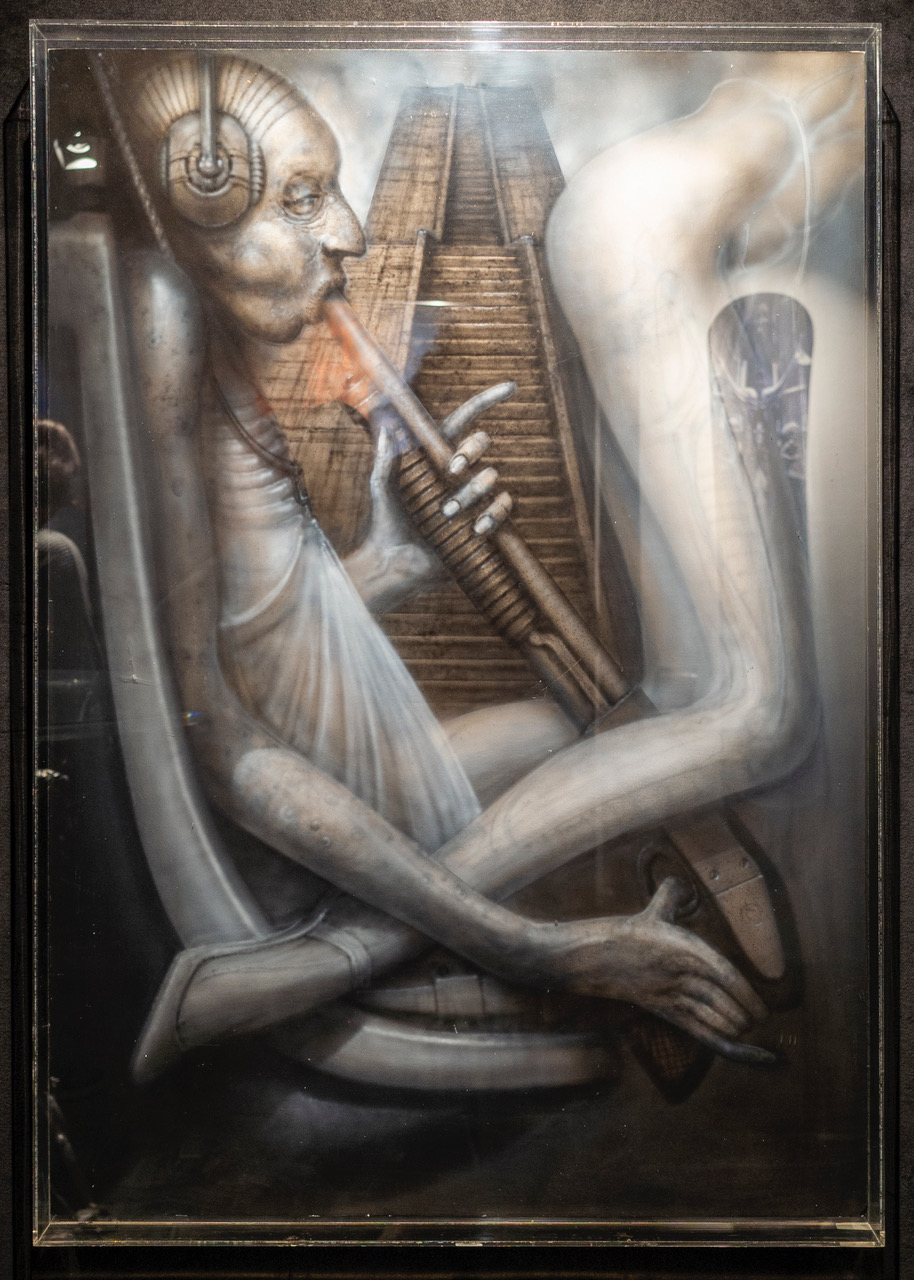
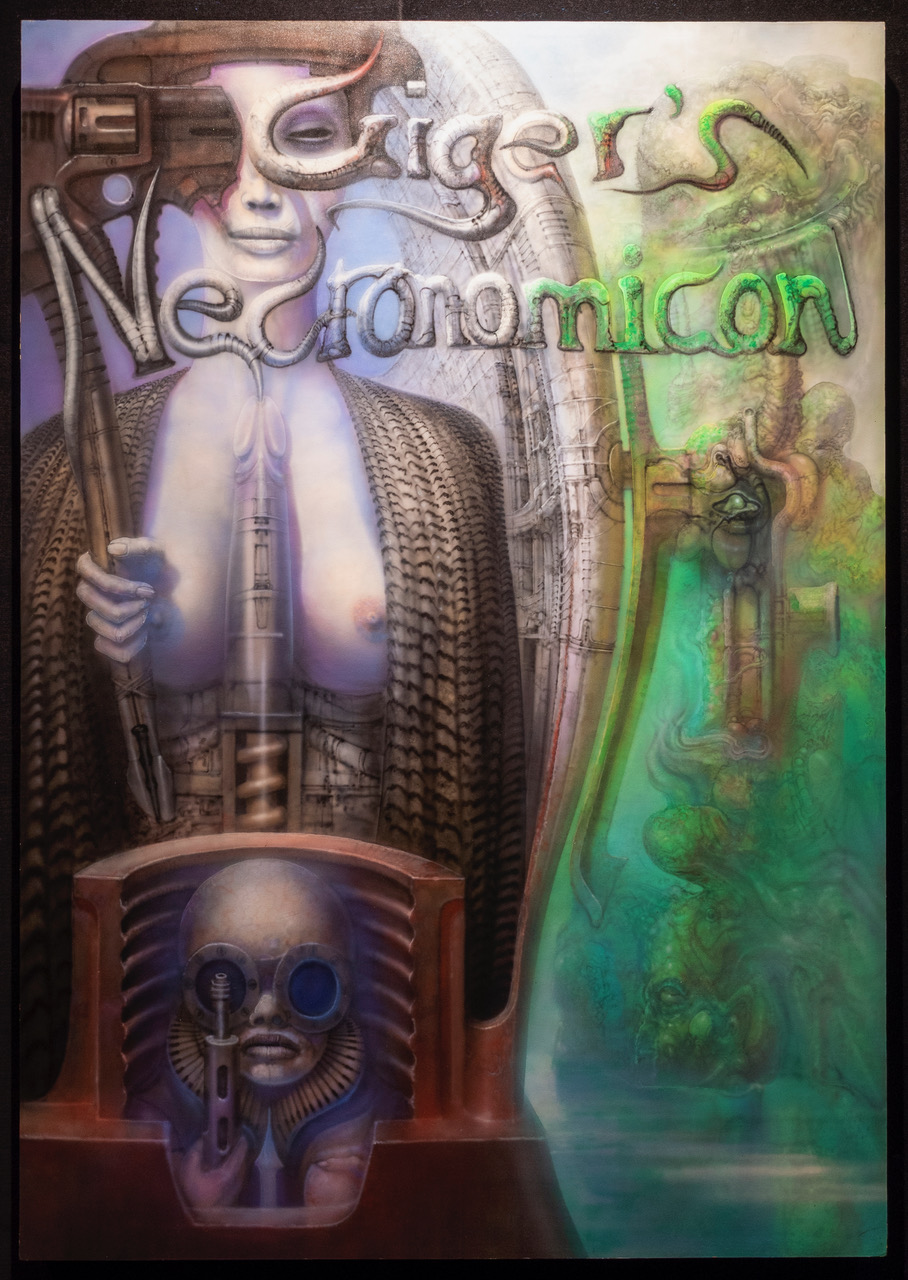
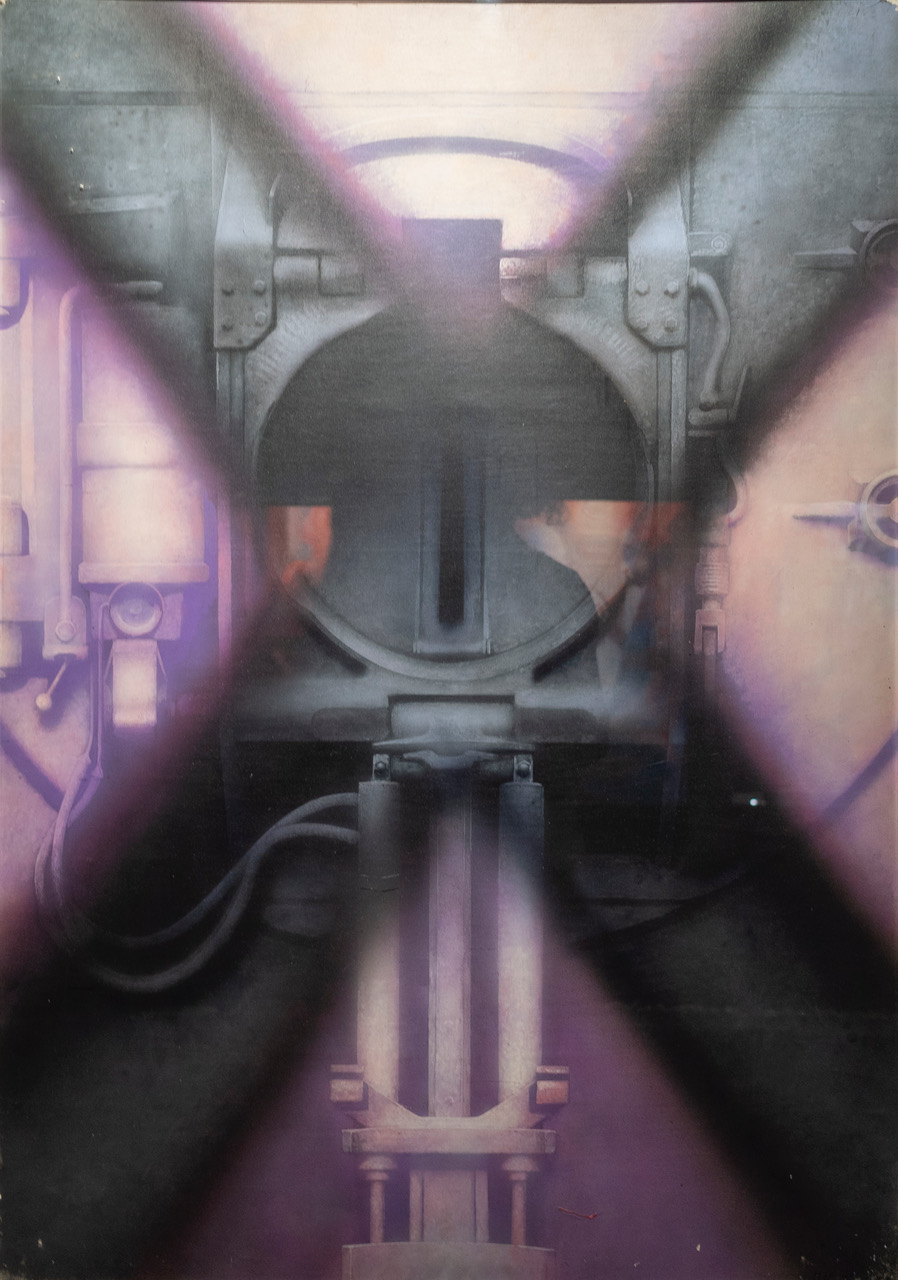

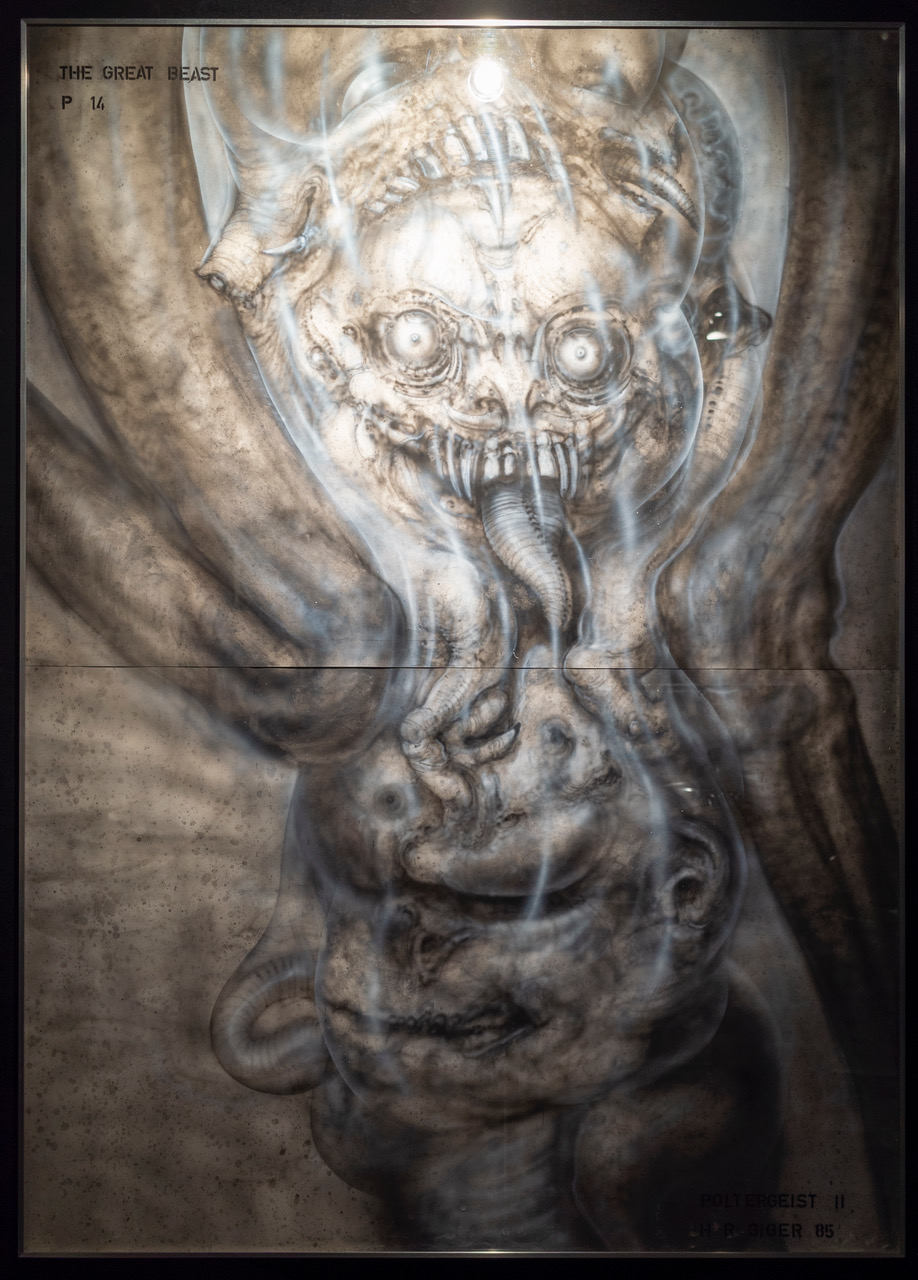
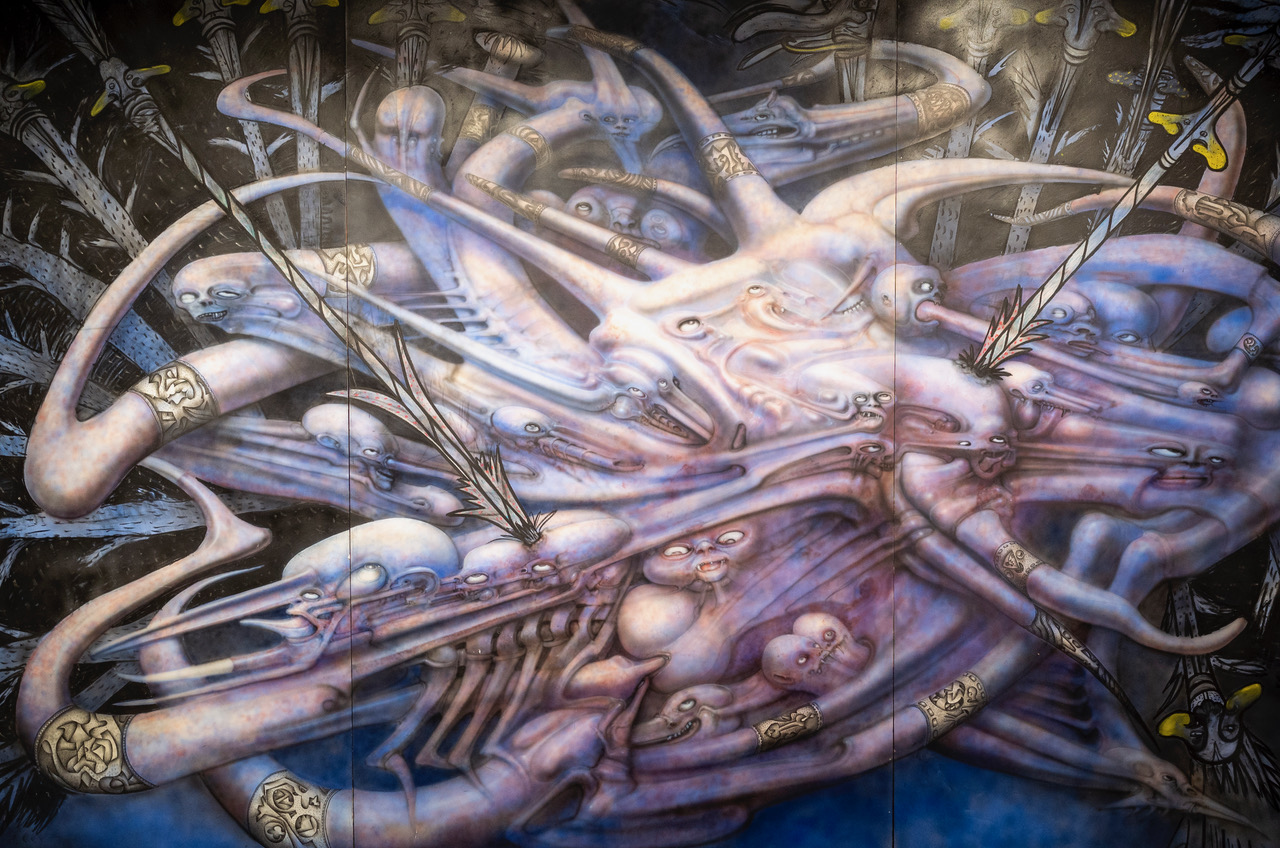


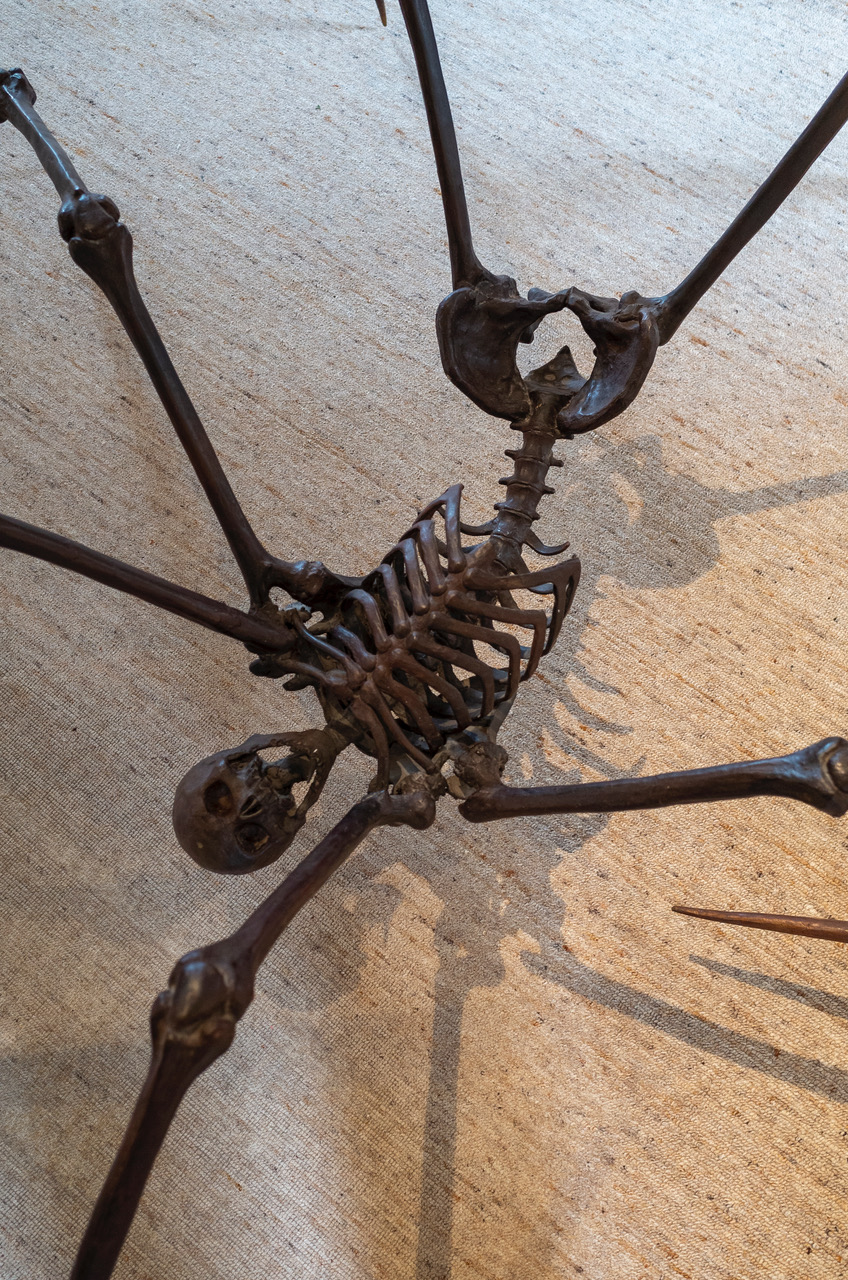
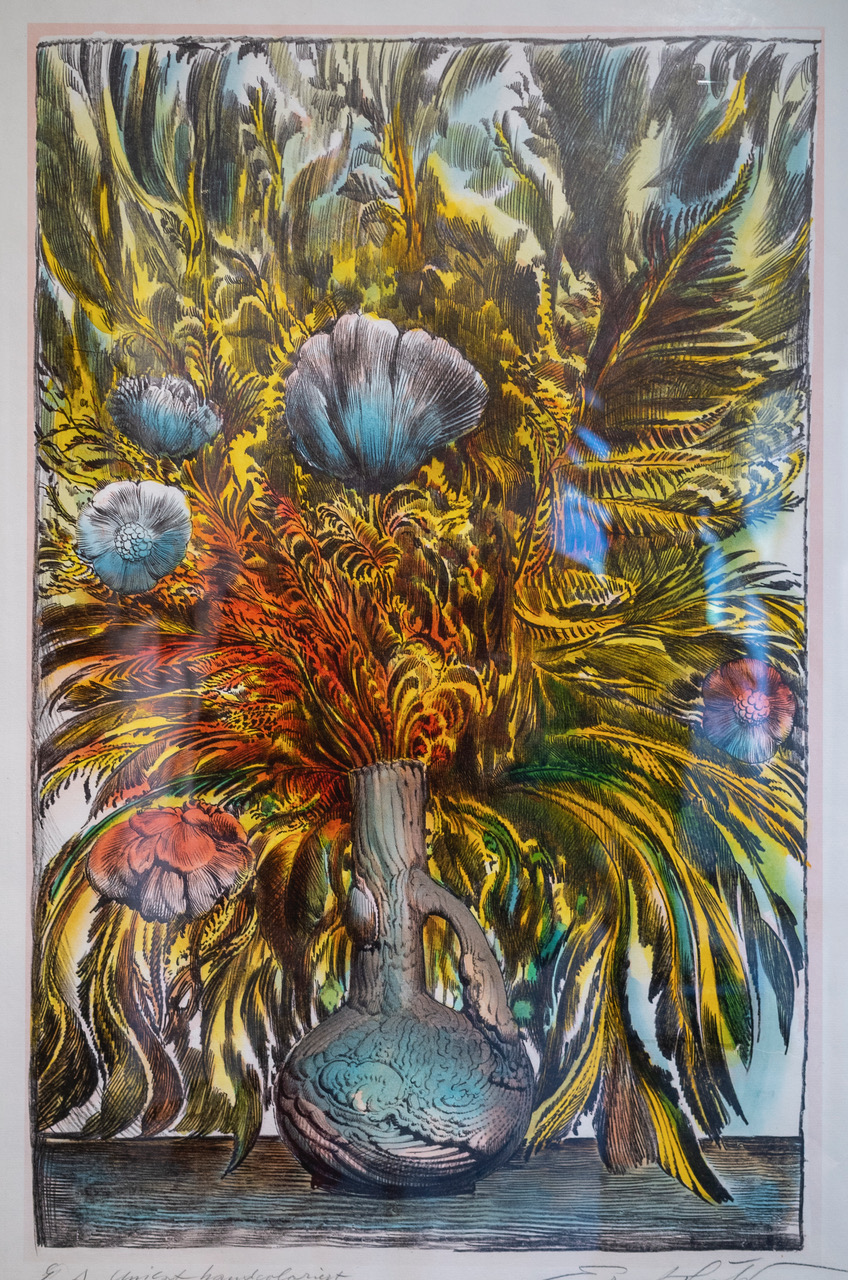

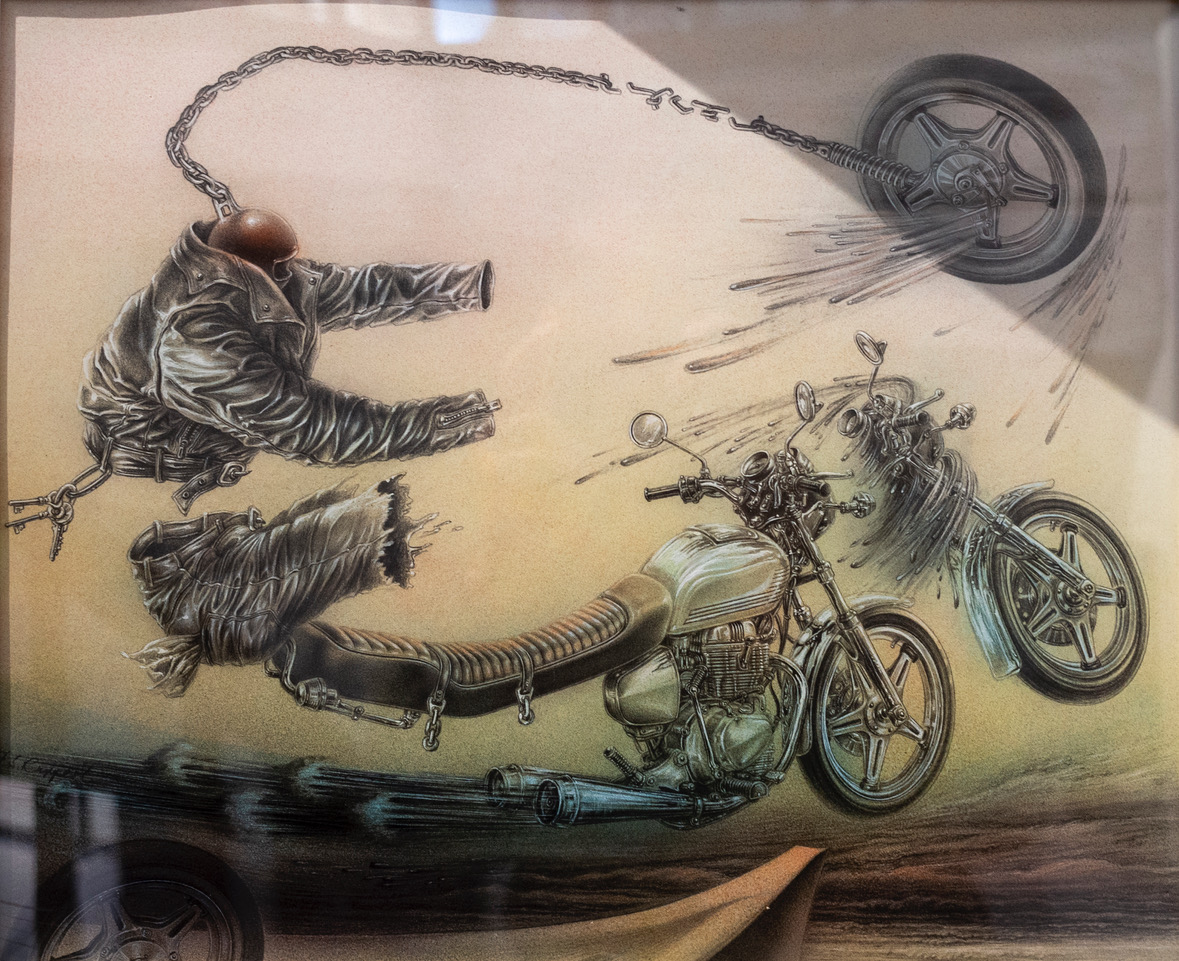
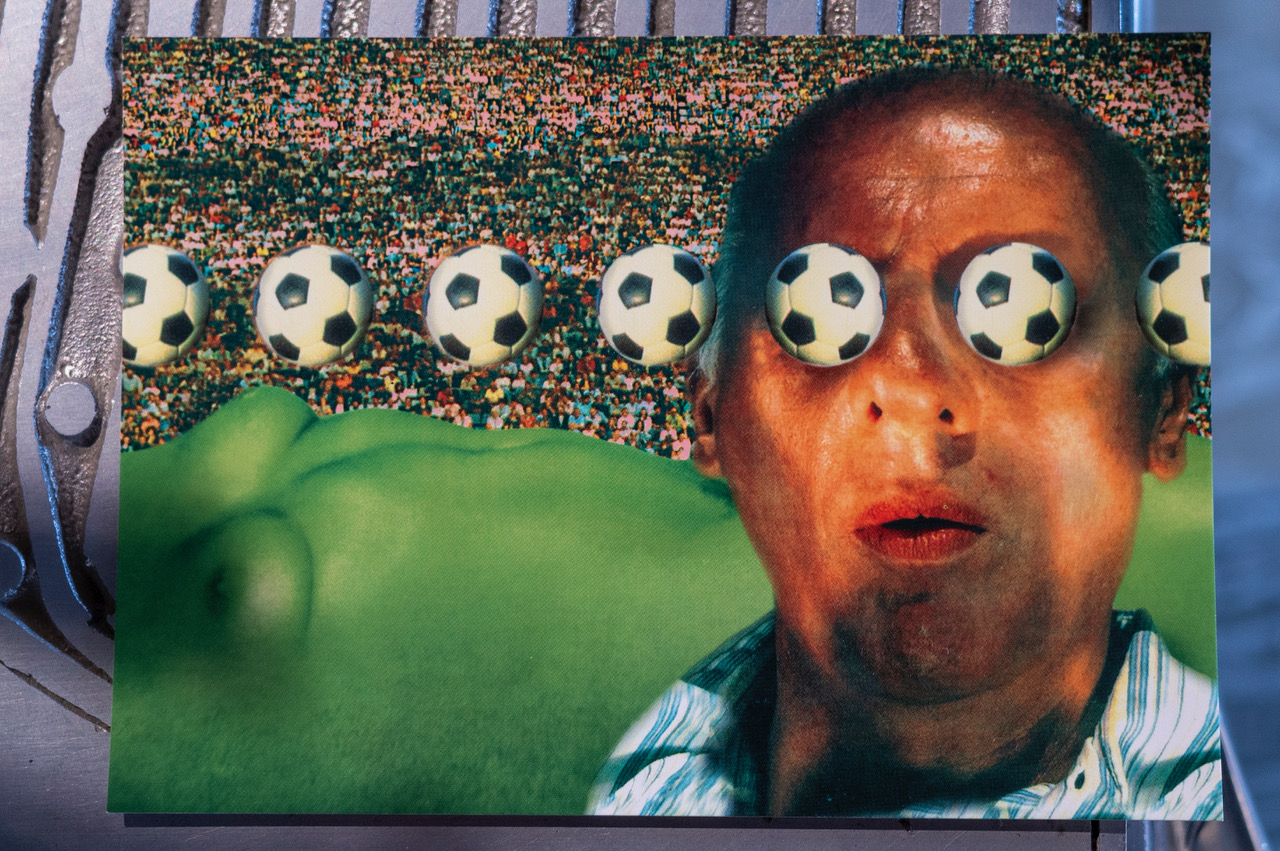

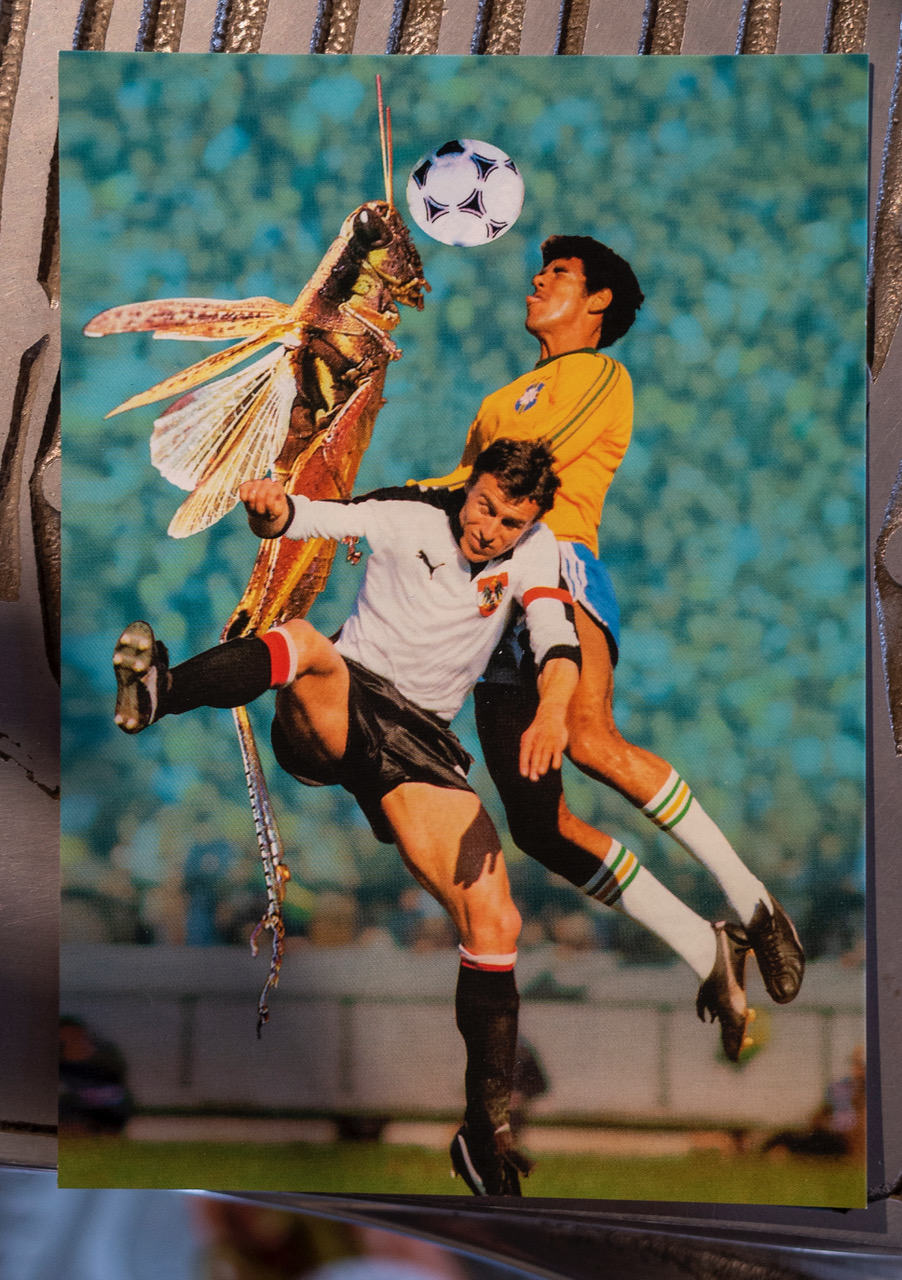
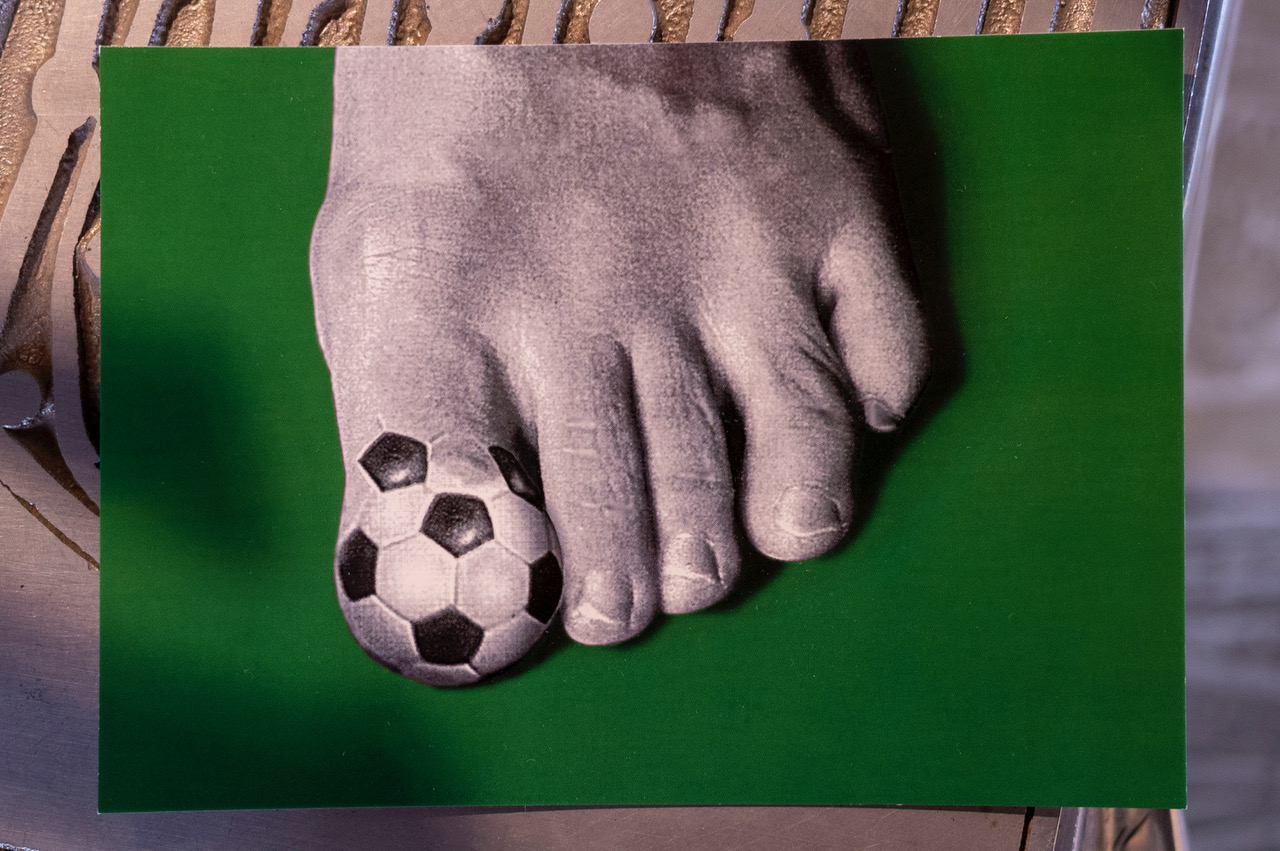
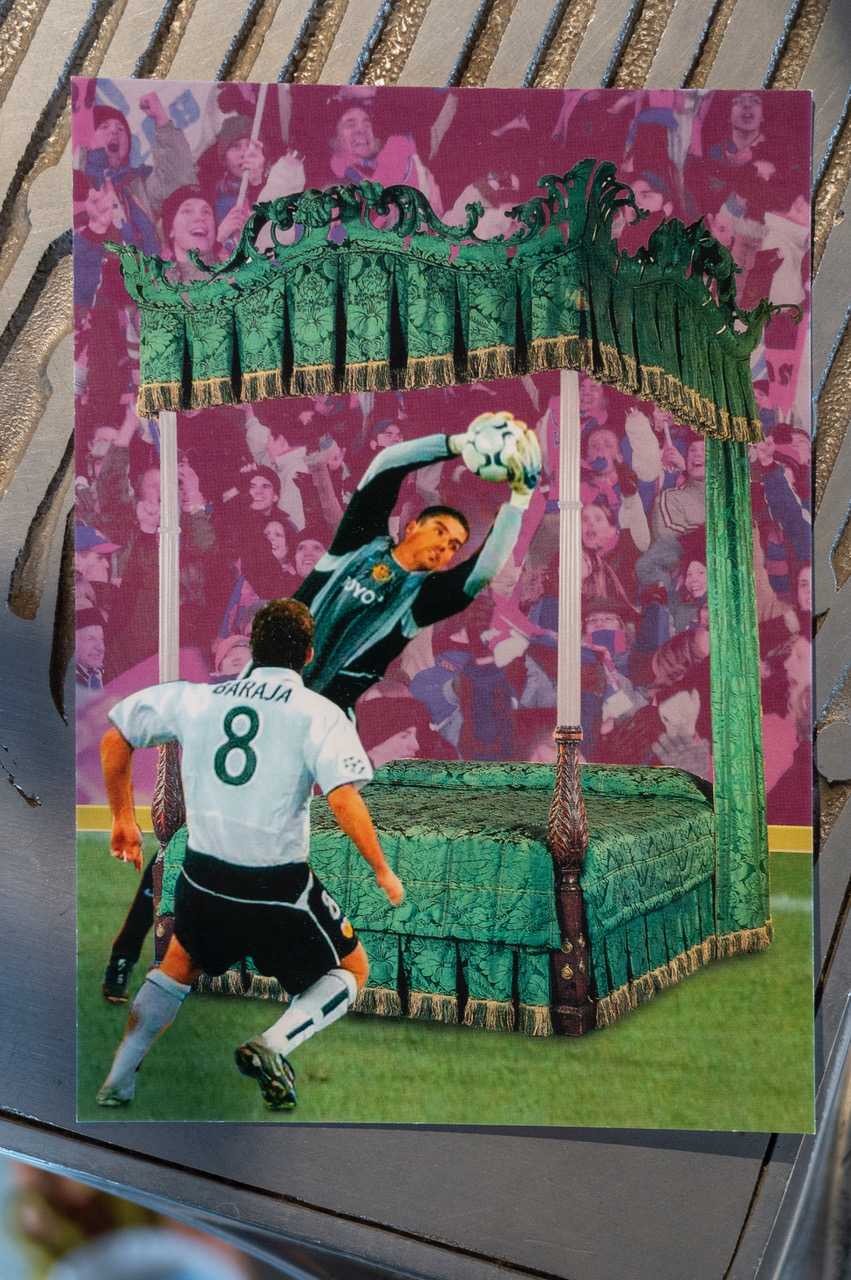
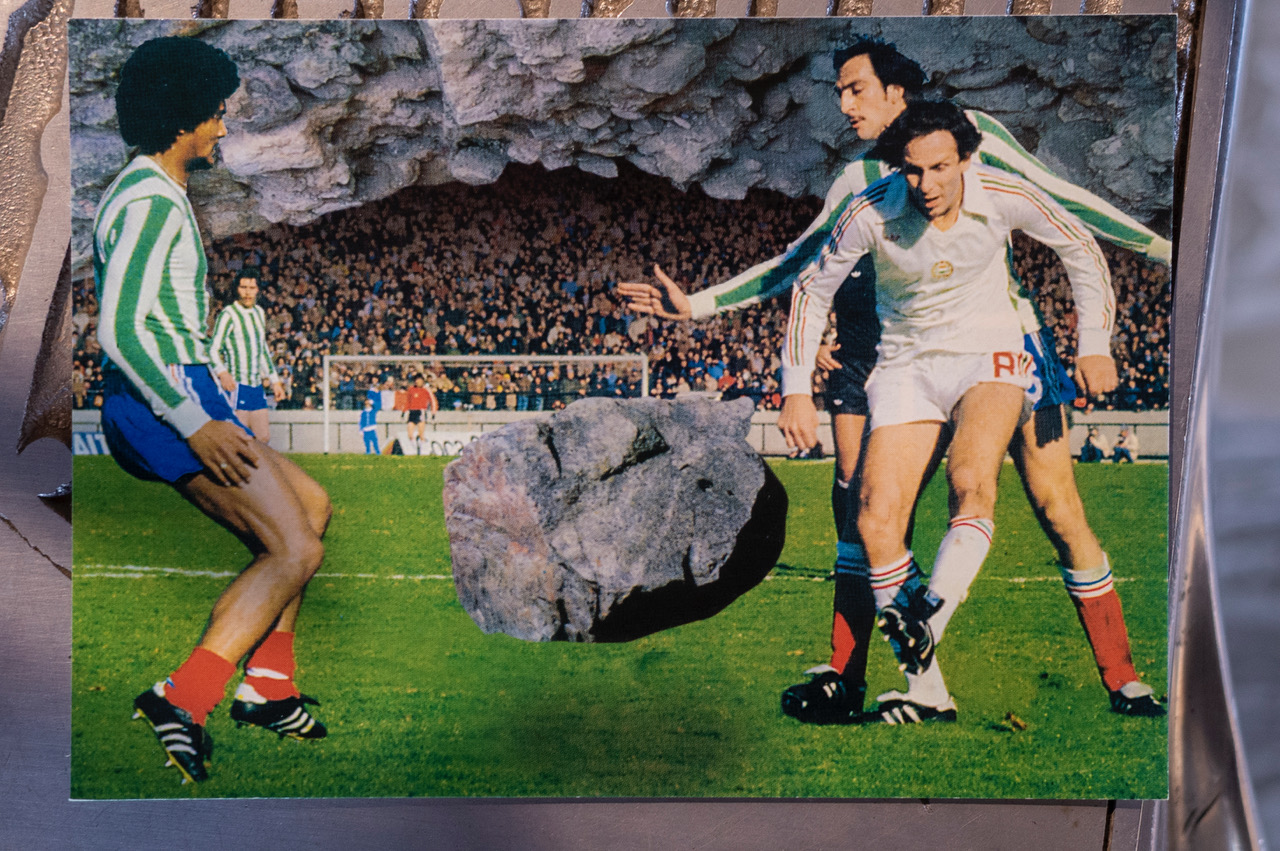

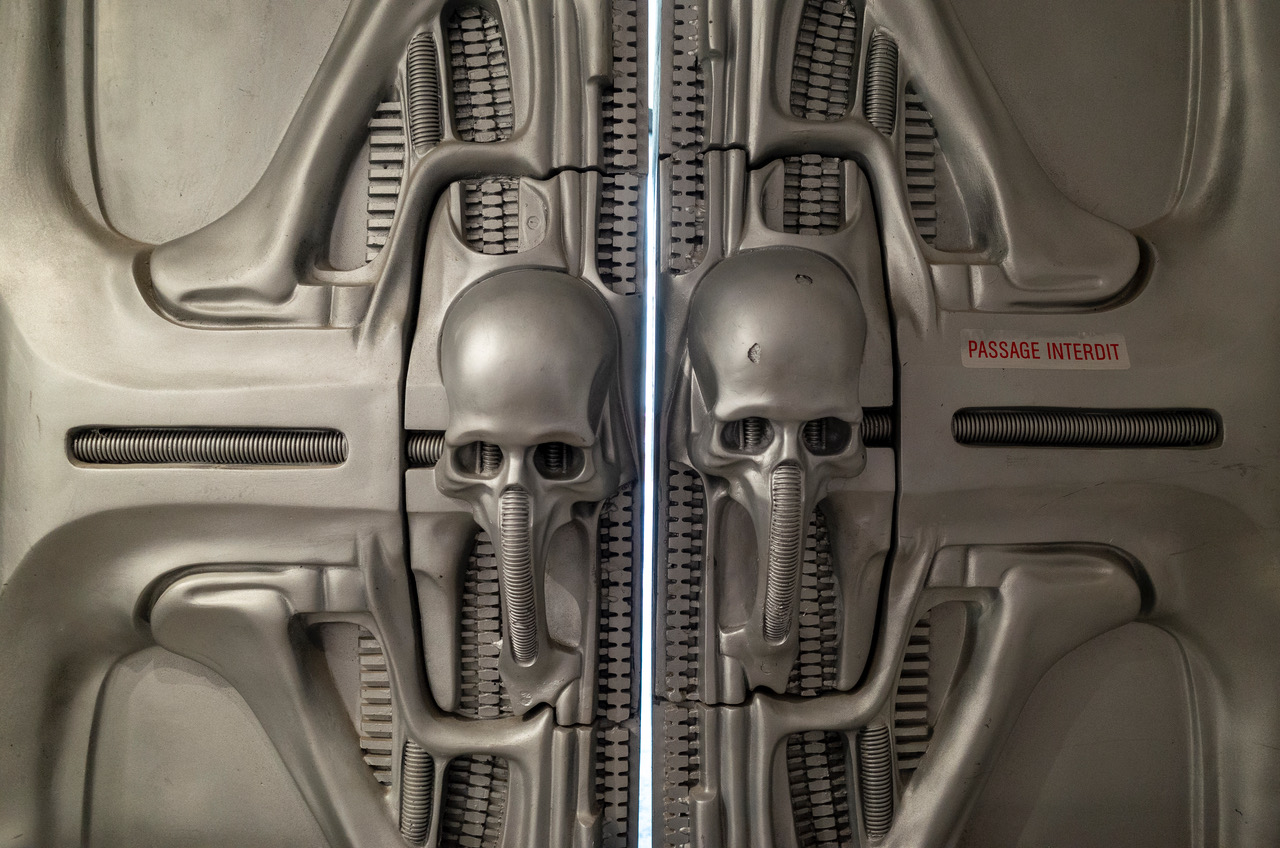
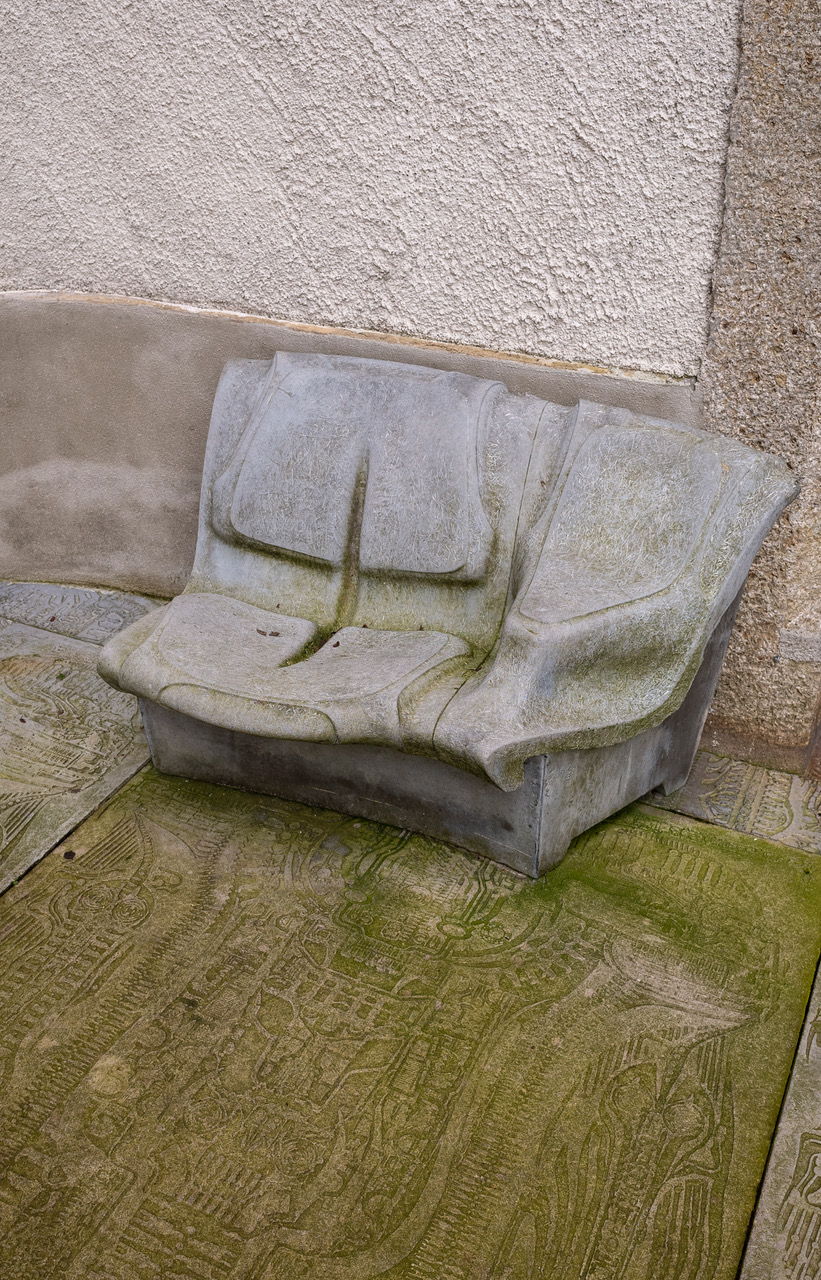
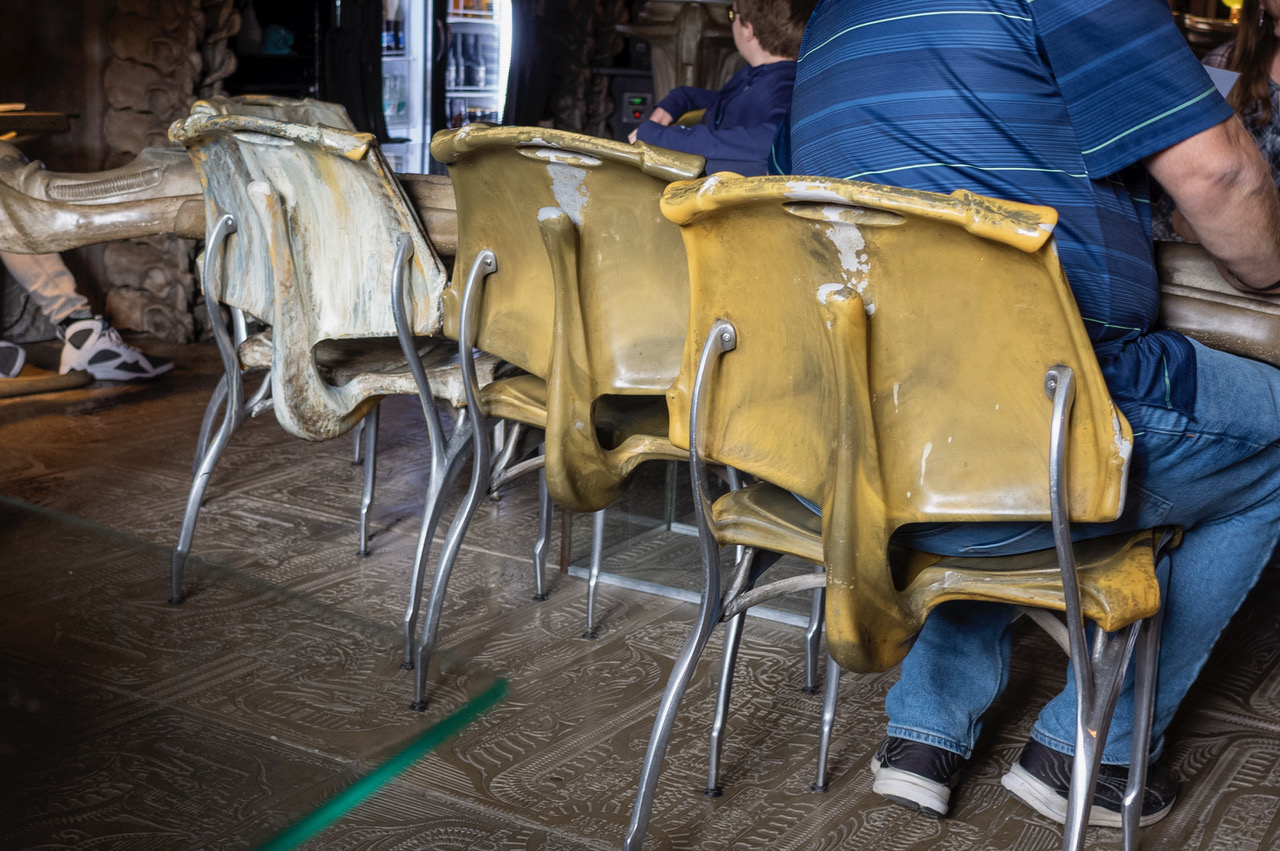
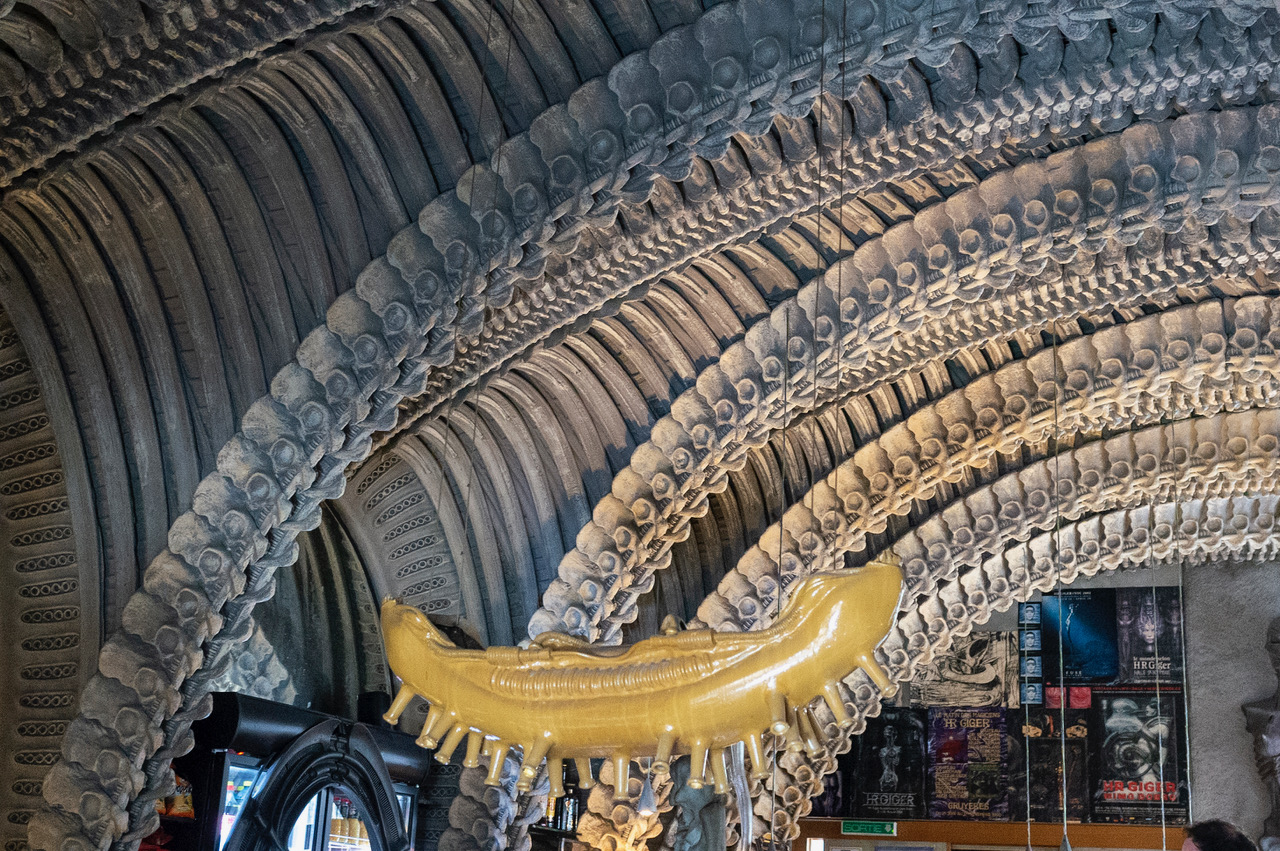
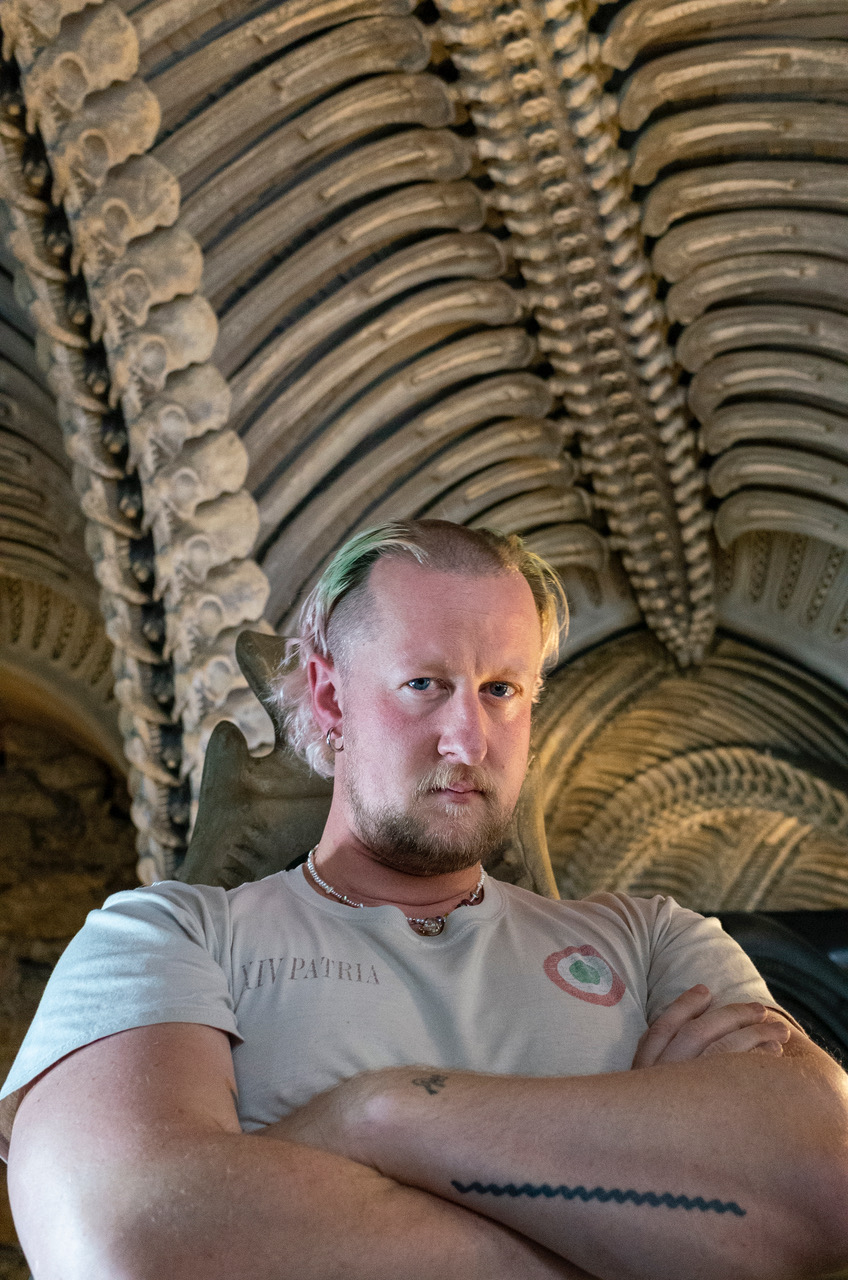

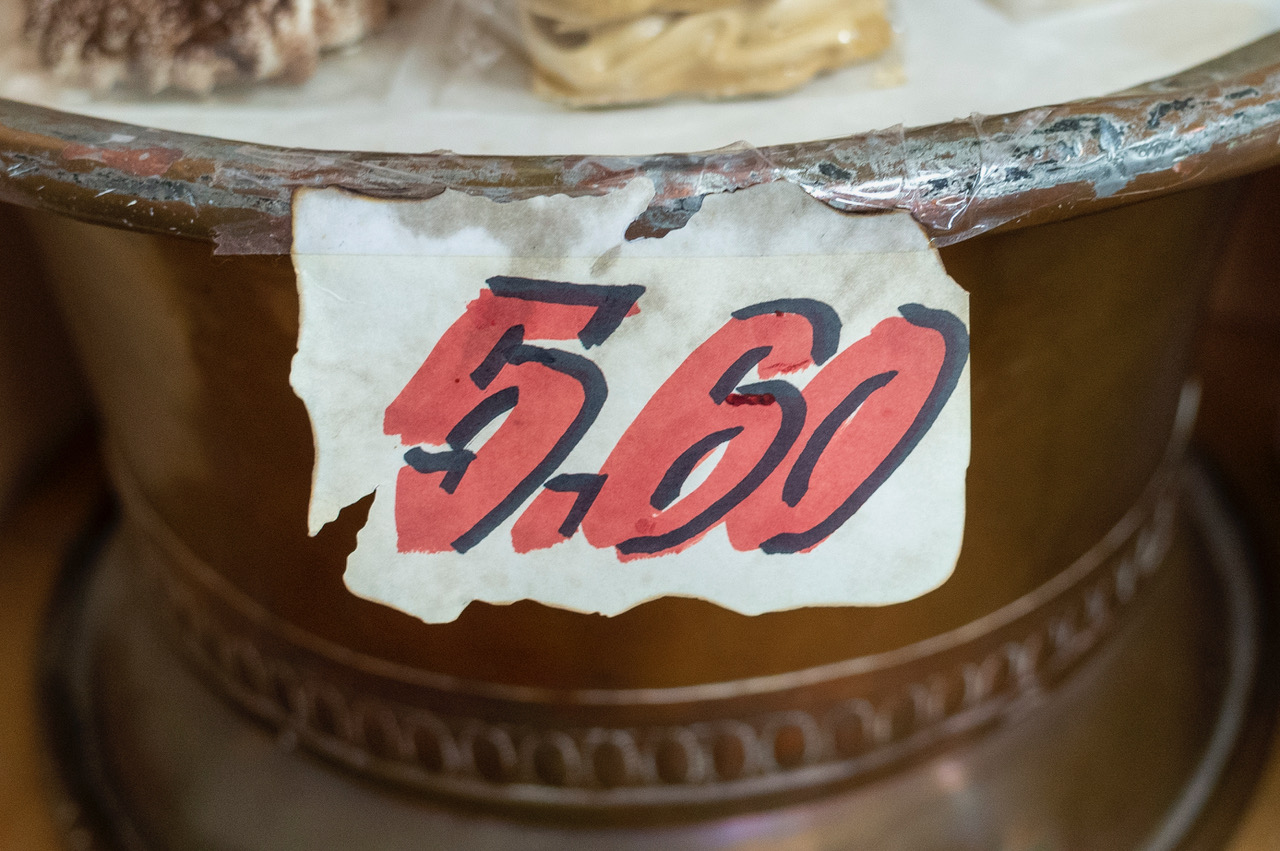
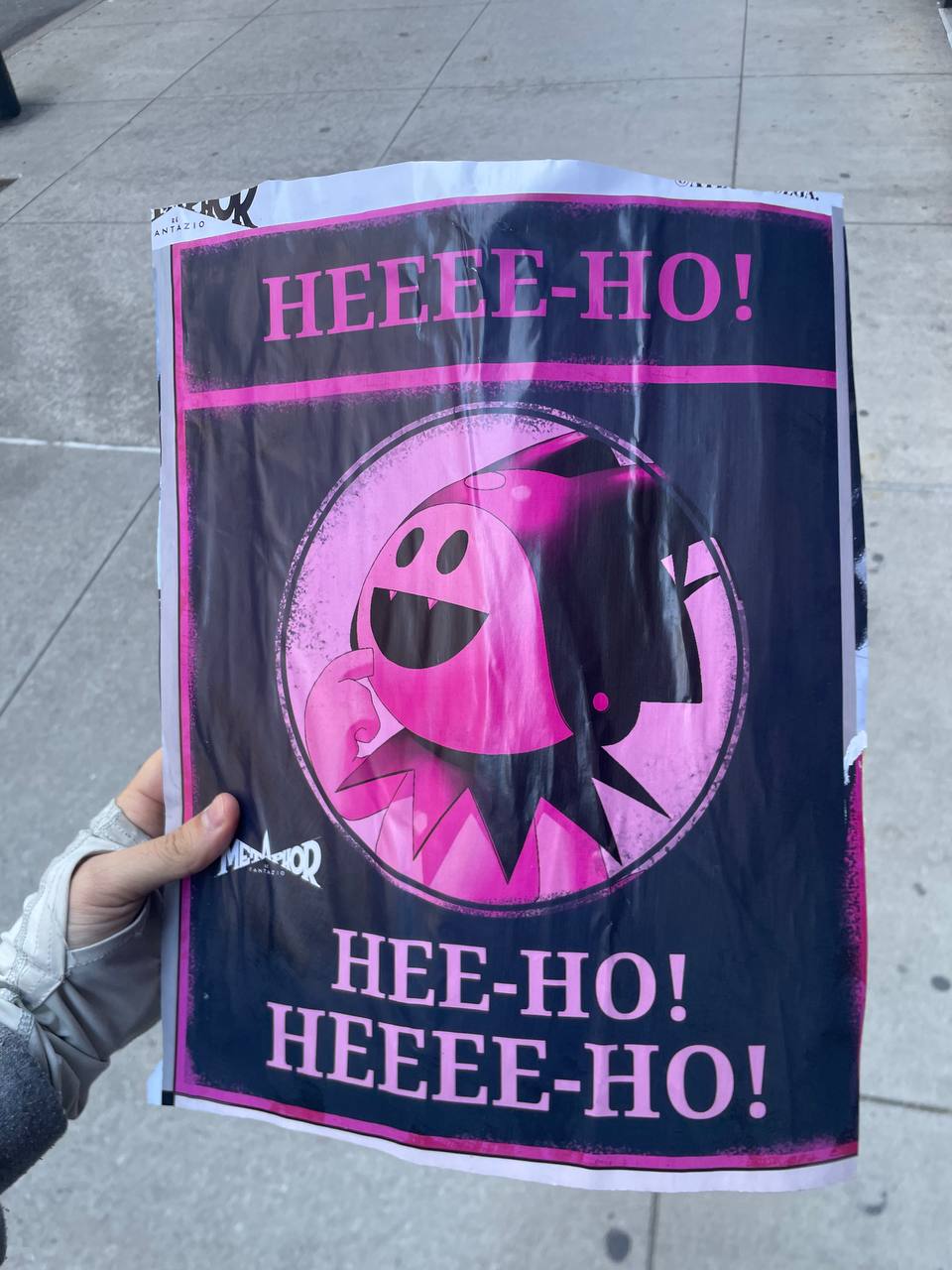
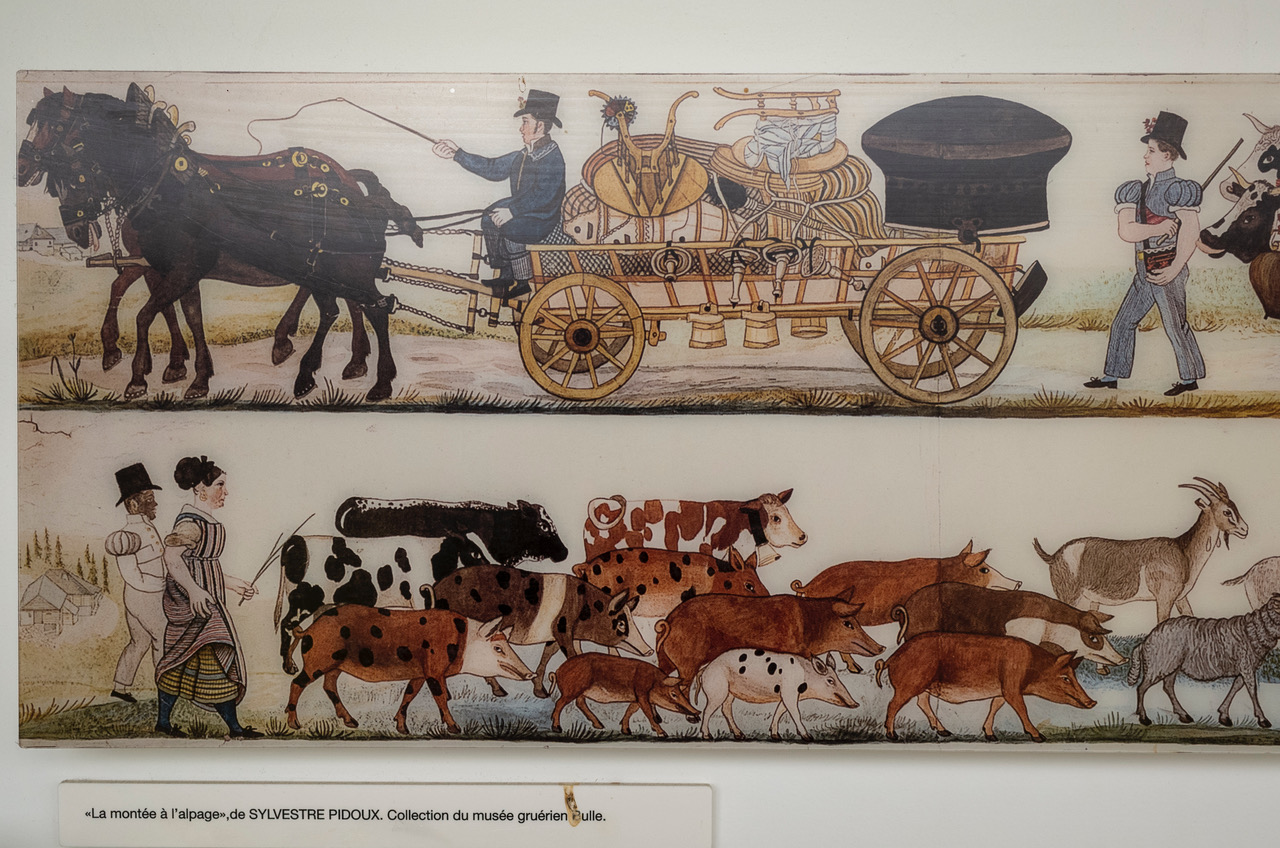
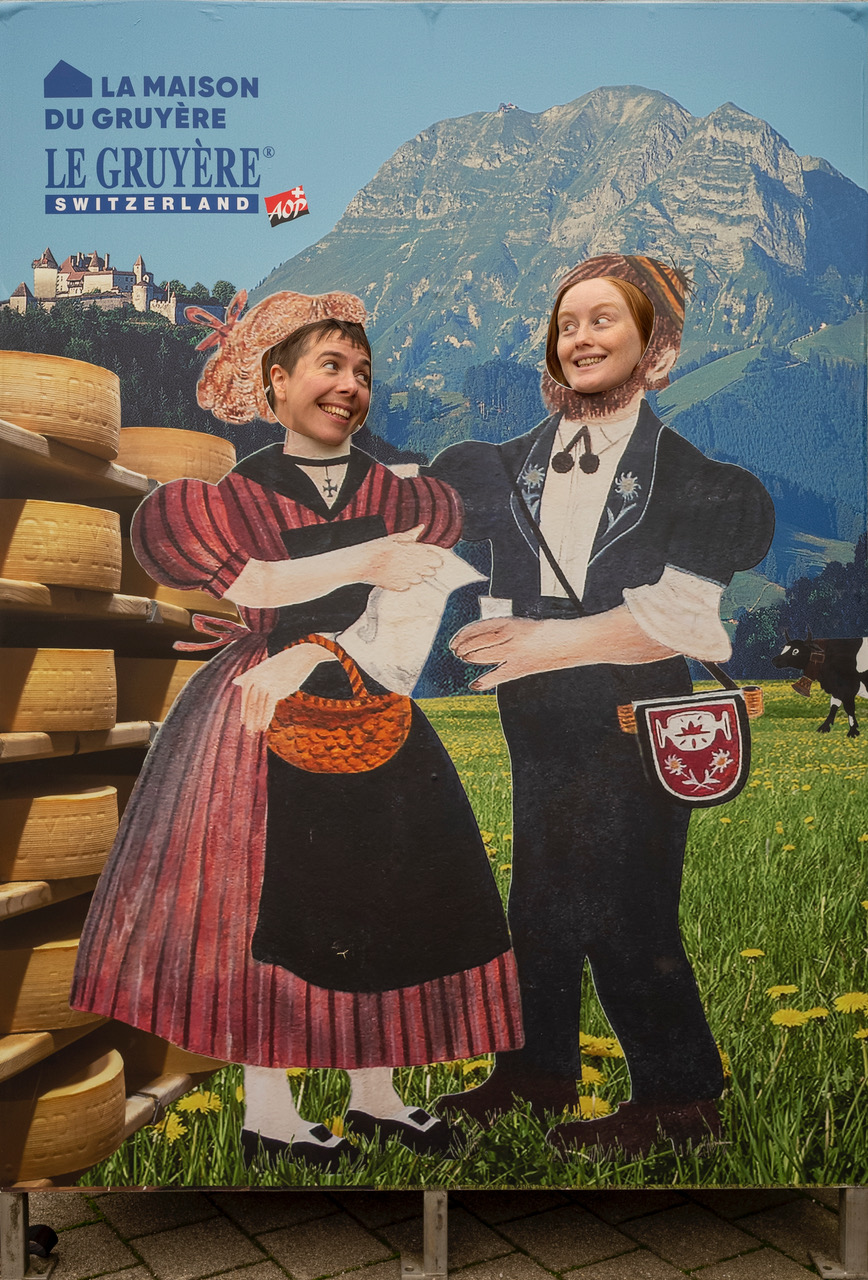
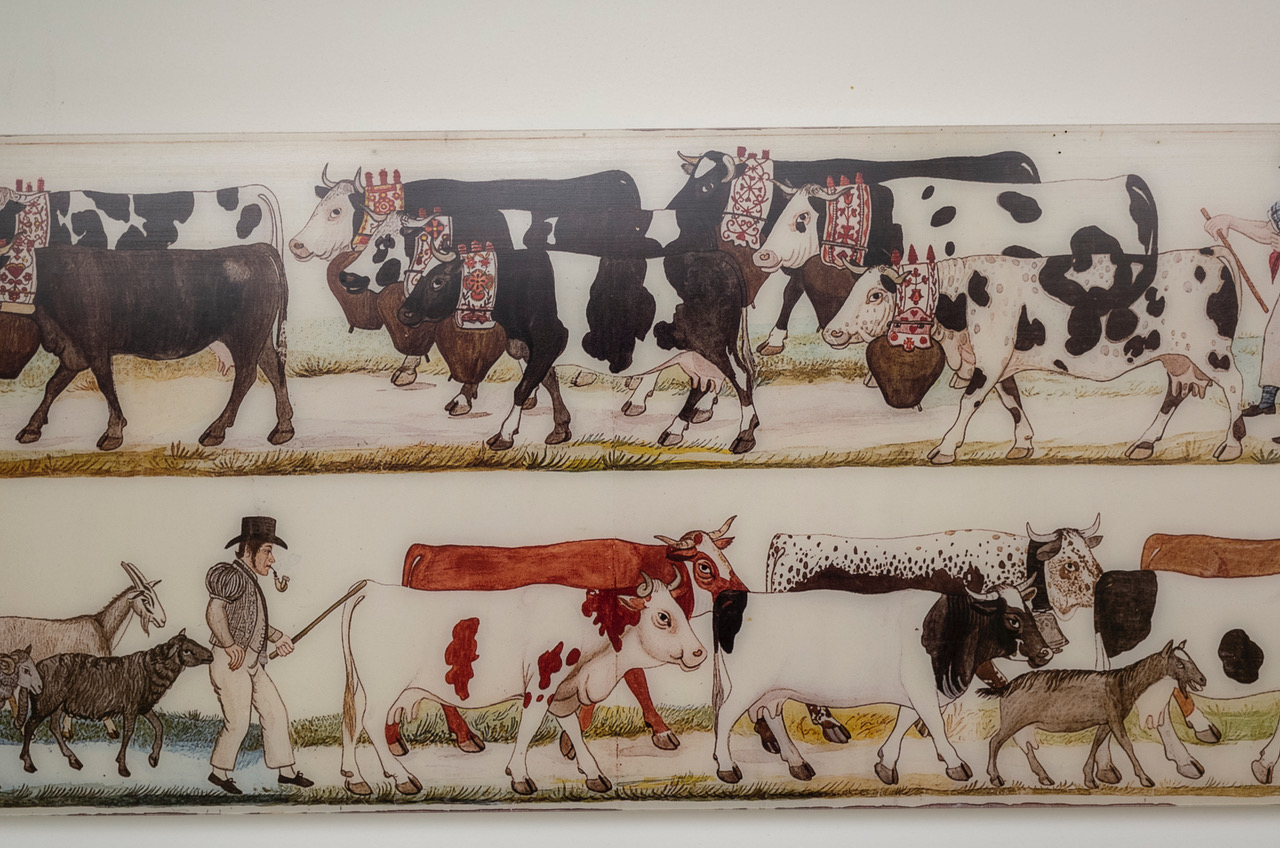
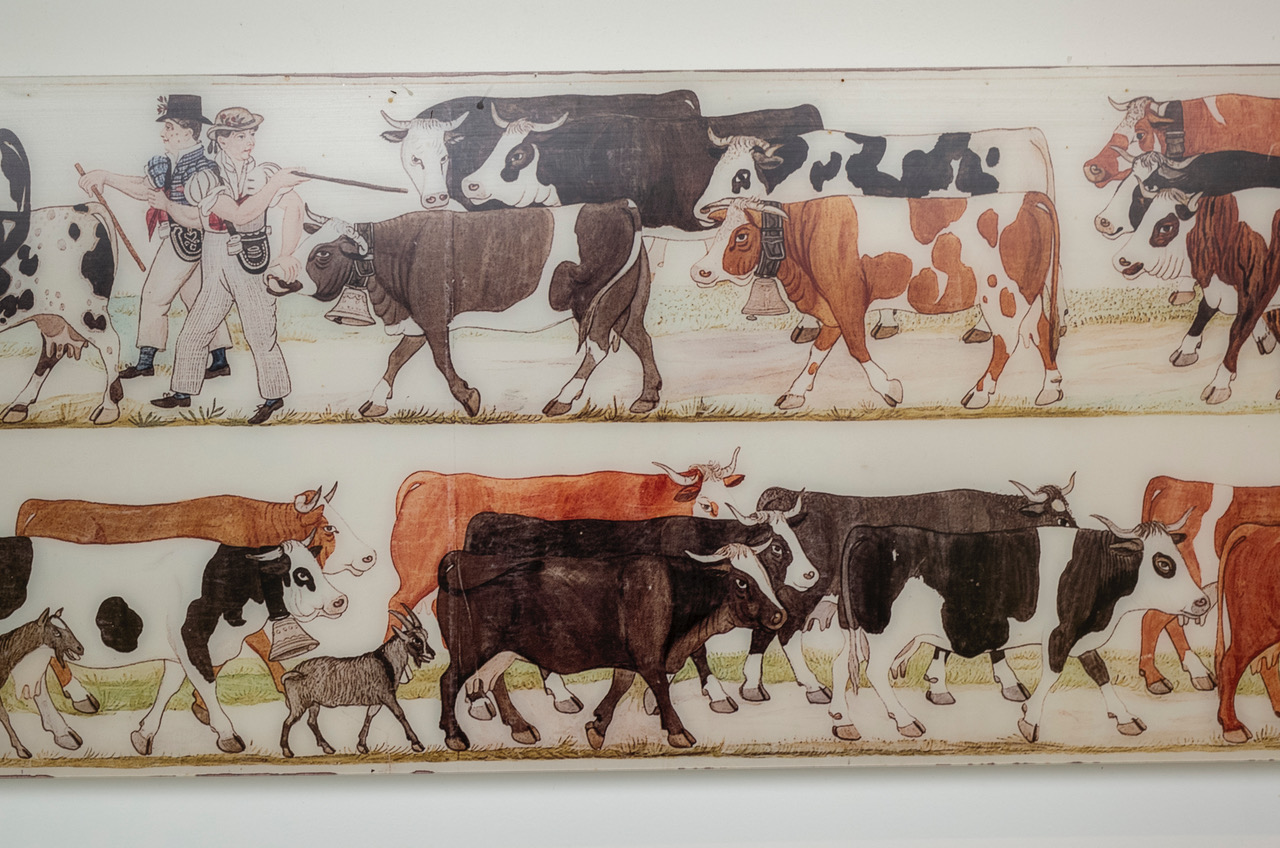
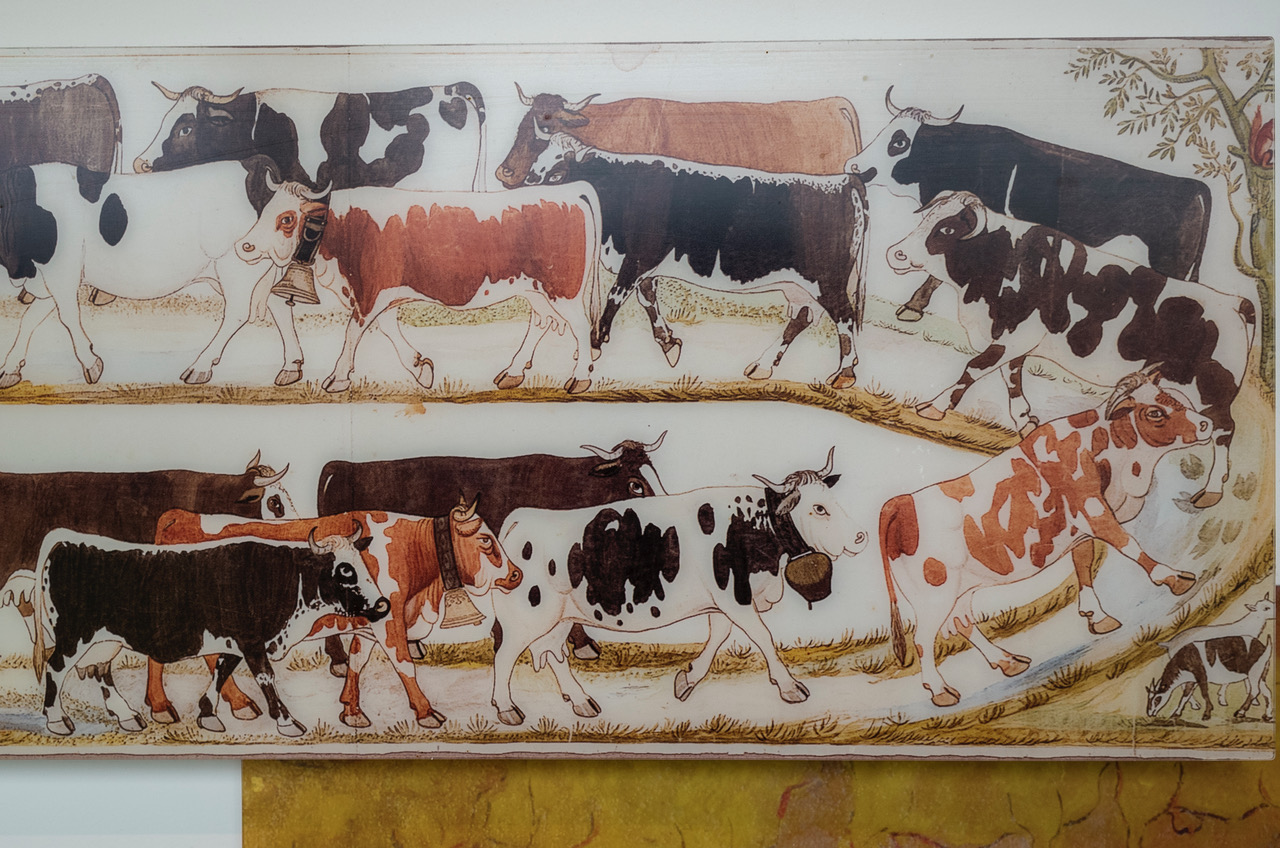

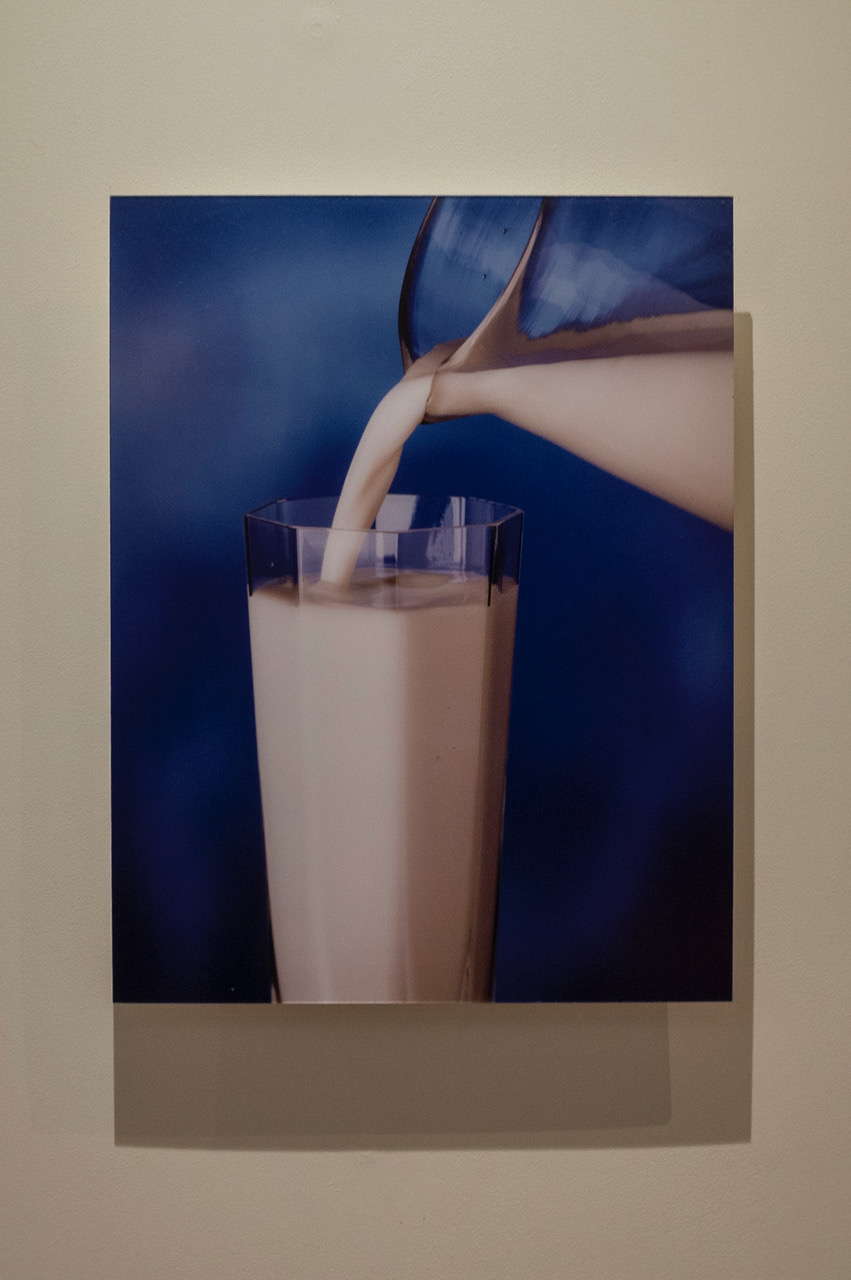





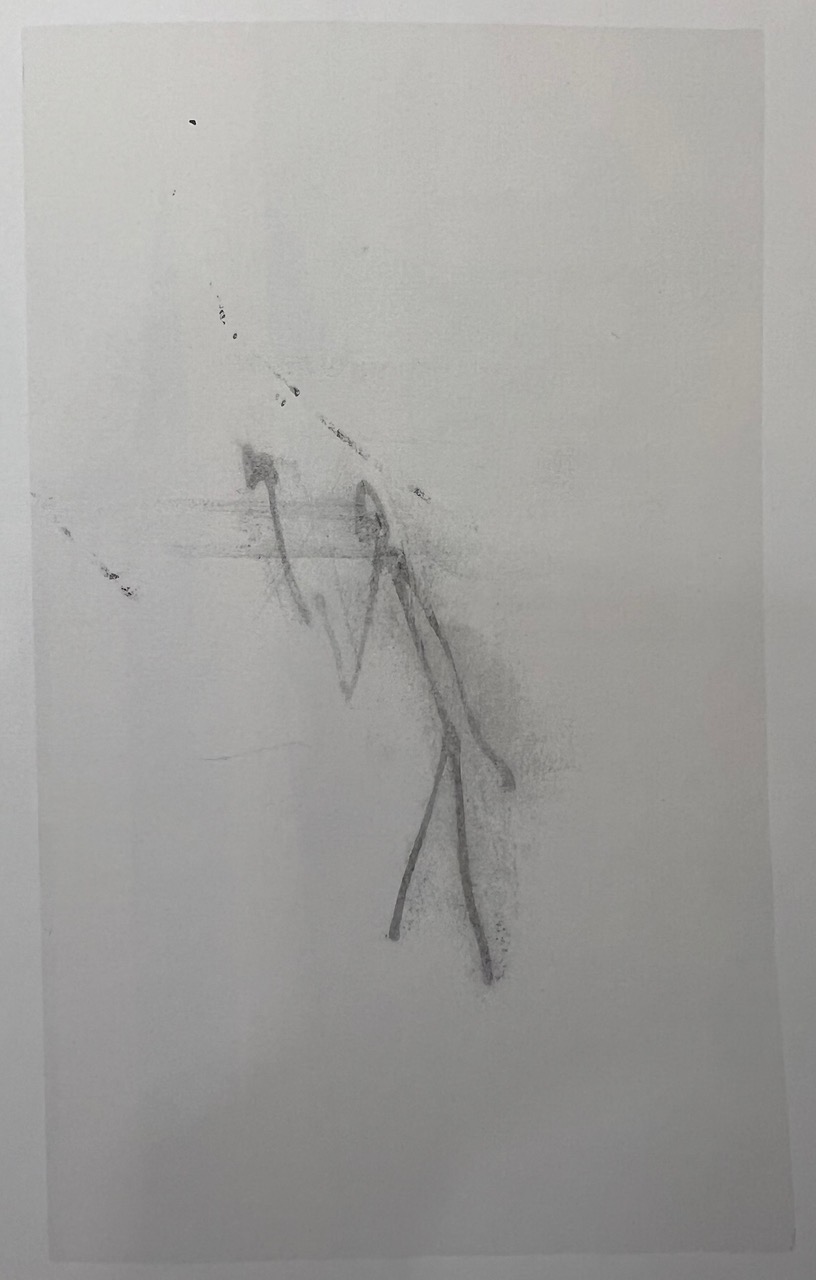
At the origin of this history is the best-known of all internal voices, the Socratic voice, the daemon which accompanies Socrates throughout his life. In a very famous passage from Apology, Socrates says in his defense in front of the tribunal:
I have a divine or spiritual sign which Meletus has ridiculed in his deposition. This began when I was a child. It is a voice, and whenever it speaks it turns me away from something I am about to do, but it never encourages me to do anything. This is what has prevented me from taking part in public affairs, and I think it was quite right to prevent me. (Plato 1997, Apology, 31d)
The voice, this daemon, is like Socrates’ shadow, or his guardian angel (and it seems that the very figure of the guardian angel in Christianity stems from Saint Augustine’s readings of Socrates).
It is not a prescriptive voice, not a voice telling Socrates what to do; he has to decide that for himself. It merely dissuades him from certain actions, preventing him from doing wrong, but not advising him how to do good. The voice has a negative, apotreptic function, and for this reason it has a close connection to the Socratic stance in philosophy: this is precisely the stance which Socrates adopts in relation to his many interlocutors; he relates to them, at least in principle, in the same way that the daemon relates to him. He does not proffer advice or positive theories, he only dissuades them from bad ways of thinking, from received opinion, not thrusting his own views upon them; he does not offer ready-made answers (although this basic attitude tends to get blurred the moment it is put into practice). His own function in relation to others is apotreptic; he simply wants to open the ways of philosophy to others, just as the daemon has done for him, and in order to achieve this he adopts the posture of his daemon and emulates its strategy. He turns into the champion of the voice which was given him beyond his will or intention; his role is to become its agent.
this voice actually dissuaded Socrates from taking part in active political life: the voice pertains to the moral law as opposed to the positive written laws of the community; the voice is sustained by “the unwritten law.” (This divide is vividly enacted in Antigonem, which the division between the divine unwritten laws and the human laws of the polis.) We could also see here in a nutshell what Kant will call, a couple of millennia later, the opposition between morality and legality. This division hinges on a certain understanding of the divide between the voice and the letter, where morality is conceived as a matter of the voice and legality as a matter of the letter.
Socrates is a creature of the voice. It is not only that he committed nothing to writing, so that his revolution in thought was supported merely by the voice, the voice which vanished without trace, as voices do, but keeps reverberating through the history of philosophy, his act of thought being sustained merely by the voice divorced from the letter; it is also that this support in the voice itself takes support from his inner voice, his daemon, of which he was merely the agent.
“Take Socrates. The inflexible purity of Socrates and his atopia are correlative. Intervening, at every moment, there is the demonic voice. Could one maintain that the voice that guides Socrates is not Socrates himself?”
Conscience coincides with the voice, although a few pages earlier Rousseau established the following premise: “I don’t deduce these rules from the principles of high philosophy, but I find them at the bottom of my heart where nature has inscribed them in indelible letters” (1969, p. 594). But the invisible letter of nature is powerless without the voice as its only true expression.
This condemnation of “the voices of passion,” les voix des passions, may appear to be at odds with the thrust of Rousseau’s argument in Essay on the Origin of Languages (1761), namely that the voice of passion was precisely the primordial stuff of language, the happy initial state where language coincided with singing, the state which was lost when passions were divorced from it, and language, uprooted from its natural soil, could become an instrument of curruption. But the contradiction is only apparent: those primordial passions which were one with language were also one with the natural propensity to morality, and this community of passions and morals in the natural voice is what both ethics and music should endeavor to recover. Hence Rousseau’s intense preoccupation with music (including his charming opera Le devin du village, still occasionally performed). So for Rousseau there is an ethical mission to music—to make passions and morals sing with one voice—and we could also say the reverse: that there is a musical mission to ethics.
The natural religion was an inner oracle, a pure spring of internal truth, while the Church was based on the idea of original sin, of man as a sinful being who needs constant surveillance and protection, constantly subject to suspicion—original sin was the tenet of Christianity which gave the Church license for permanent terror. Rousseau’s religion, professed by the Savoy vicar, was belief in the God within, his unalloyed intimate presence epitomized by the voice. But from this follows a paradox which permeates Émile: in order for this inner voice to come to light, one has to be rid of all the sediment of corrupt social voices, of bad habits inherited from bad history. Émile, who was an orphan, had to be educated by the Teacher, and the main function of the Teacher was an apotreptic one: to protect poor Émile from all evil influences, to dissuade him from ingrained bad habits so that he could discover the inner voice for himself. So belief in the pure inner voice gave the Teacher an unmitigated mandate to terrorize the hapless child in a manner far worse than what the Church did, so that original purity and original sin entailed the same effect.
“If I cannot bend the higher powers, I will move the infernal regions.”
So there is a pure call, which is not sonorous, not commanding anything, a mere convocation and provocation, the call to an opening to Being, to get out of the closure of one’s self-presence. And the notion of responsibility—ethical, moral responsibility—is precisely a response to this call—it is impossible not to respond to this call; by evading it one evade’s one’s fundamental responsibility, and one is always called upon. The very notion of responsibility has the voice at its core; it is a response to a voice.
Where does the voice come from? it comes from the innermost realm of our being, but at the same time it is something that transcends us, it is in ourselves more than ourselves, yet again, a beyond at our most intimate.
Indeed the call is precisely something which we ourselves have neither planned nor prepared for nor voluntarily performed, nor have we ever done so. “It” calls [“Es” ruft], against our expectations and even against our well. . . . The call comes from me and yet from beyond me. (1973, p. 320)
All human thinking is a response to that mute voice, the voice without statement or content, the voice as the zero-point and origin of all sense, the meaning which is adulterated in language composed of words, but which at the same time persists as its guideline, organizing language as its echo, its reverberation, its preservation. Therein lies all the ambiguity of Heidegger’s position: on the one hand voice is deprived not only of all articulation but of all phonic substance, it is a silent voice which escapes presence (that which constituted the essential foothold of the voice throughout the metaphysical tradition); on the other hand he nevertheless poses it as the point of the (impossible) origin, a call before language, a call to which language responds as an echo, the meaningless source of all meaning, more fundamental than language, where the origin, although purified of all metaphysical traits, nevertheless functions as a “pure origin,” as if in a perspective illusion where the voice retroactively turns into the origin—an illusion since, for us, it is but the consequence of the advent of language, its extimate surplus.
“the Voice manifests the event of language as time, if thinking is the experience of language which in every sentence, in every word experiences the very event of language—it thinks, in other words, being and time in their coincidence in the Voice. . . .” [p.175]).
we can think of the secret rules and rituals which hold certain communities together—rules of initiation (including the harsh humiliation of newcomers), of belonging to an in-group, the diving line between insiders and outsiders, and so on. Those rules could never be put down in writing, they have to be whispered, hinted at, and confined to the voice. The voice is ultimately what distinguishes the superego from the law: the law has to be underpinned by the letter, something that is publicly accessible, in principle available at all times, while in contravention and in supplement to the law there are rules entrusted to the voice, the superegoic rules which most often take the form of transgression of the law, but which actually and effectively hold communities together and constitute their invisible glue.
The fact that institutions rely on inherent transgressions of laws and written regulations is a matter of common experience and there is, of course, nothing subversive about it. Bakhtin described the long tradition of carnivals, to some extent still alive and well in some of the most patriarchal societies, based on a prescribed transgression of all social codes, but confined to specific times and spaces—the institutional transgressions function in this carnivalesque manner, upholding the “normal” functioning of the law, as an internal “perversion” which sustains its rule. Transgression operates in a mode which is not publicly utterable; its lure lies in offering a portion of enjoyment, of transgressive enjoyment, as if in compensation, as it were, for the hardship the law demands, but this apparent indulgence will only strengthen the law and endow it with “surplus-authority.” The Other rules all the more through the transgressions of its rule which seemingly undermine it; we are caught all the more in its vicious circle.
This is what Eric Santner in his excellent book (2001), has called “undeadness” and “surplus animation,” the animation which sustains the vicious circle of transgression and guilt, undeadness as opposed to life.
As Jean-Michel Vives put it succinctly: “Voice without law leads to lethal [mortifère] enjoyment, law without voice remains a dead letter”
To quote some of Agamben’s own examples: Foucault’s le grand renfermement functions as “the closure of the outside”; it includes a part of the population by excluding them and exposing them to “special treatment”—thus they are not outside the social, but at the point where the social mechanisms are manifested most explicitly. The crucial and general mechanism of the ban excludes someone, a category, a group of people, from the law, and thus defines the validity of the law by including/excluding its outside. “The outlaw” is subject to the law in its pure form.
The voice is intimately linked with the dimension of the sacred and ritual in intricately structured social situations where using the voice makes it possible to perform a certain act. One cannot perform a religious ritual without resorting to the voice in that sense: one has, for example, to say prayers and sacred formulas labialiter, viva voce, in order to assume them and make them effective, although they are all written down in sacred texts and everybody (supposedly) knows them by heart. Those words, carefully stored on paper and in memory, can acquire performative strength only if they are relegated to the voice, and it is as if the use of the voice will ultimately endow those words with the character of sacredness and ensure their ritual efficacy, in spite of—or, rather, because of—the fact that the use of the voice does not add anything to their content. It appears that this use of the voice echoes the supposedly archaic voice, the voice not bound by logos, and recalls the use of shofar in Jewish religious rituals that, as we have seen, Lacan proposed as a model or the object voice. The three great “religions of the Book” all rely on Holy Scripture where the truth is manifested, yet the scripture, the holy letter, can become effective only if and when it is assumed by a living voice. It can function as a social tie, the link between the community of believers, only if and when a voice pronounces what ahas been written ever since the foundational moment of origin and stored by tradition, and what all believers keep in their memories anyway.
Secular examples follow the same pattern: court proceedings have very strict rules about the parts of the process and depositions that have to be made by voice. A guide for jurors in French courts states:
The orality of the debates is the fundamental rule of the court [cour d’assises]. This rule decrees that the court can form its conviction only on the basis of the elements orally and contradictorily debated in the court. This is why the court and the jurors cannot consult the files [dossiers] during sessions. . . . This is also why one cannot read the deposition of a witness who is going to testify before she or he has testified: the file is always secondary. (quoted in Poizat 2001, p. 75)
The fact that this is a French prescription has some significance. The same rule generally applies everywhere (for example, in the German civil code: “The parties debate the legal dispute in front of the applicable court orally [mündlich]”; quoted by Vissmann 2002, p. 142), but its birthplace is the French Revolution. The principle of orality, the use of the “living voice,” and the principle of the public nature of court proceedings were the two main tenets pursued by the Enlightenment against various modes of corruption of legal practice in the acien régime, and they were both implemented by decrees of the Revolution, such as the Law of 16-29 September 1791: “The interrogation of witnesses must always be carried out by the living voice [de vive voix] without writing down the testimonies” (quoted by Vissmann 2002, p. 141). This requirement was formally codified by the Napoleonic Code (1806). The degradation of the written record as secondary (to the point of its prohibition) was part of the democratization of court proceedings: the key role was assigned to the jury, and the juror could in principle be anyone (subject to certain regulations), but the difficulty was that the majority of potential jurors were illiterate. The living voice was the instrument by which the legal system could be extracted from the hands of specialists, their incomprehensible lingo and a host of anachronistic regulations. The voice was the medium of democratization of justice, and it was supported by another element of “political fiction,” namely that democracy is a matter of immediacy, that is, of the voice; the ideal democracy would be the one where everybody could hear everybody else’s voice (hence Rousseau’s model case of Geneva). The prohibition of writing was a revolutionary oddity, soon to be replaced by the requirement that every legally relevant word, uttered by the living voice, should be written down; its living presence must be fixed by a written protocol which alone can function as a legal act. Yet the written word has no power if it is not preceded by, and based in, the living voice. The authority of writing depends on its being the faithful copy of the voice. The second act, in the sense of a legal document, must follow the first one, the act of the voice, and the hierarchy of the two is a crucial legal fiction.
Knowledge is all stored in books, but it can become effective only when relegated to the voice.
elections, in a great number of languages, have retained a connection with the voice—giving one’s voice for a candidate, counting the voices. In English the link is weak—one counts the ballots; it is evident in German: für jemanden stimmen, seine Stimme abgeben, Abstimmung, Stimmabgabe; in French: compter les voix, donner sa voix; Swedish: att rösta på; in Slav languages: glasovanje, glasanje, and so on. Is this, yet again, a metaphor? How is it that the voice gives rise to so many metaphors with uncertain limits? Its historic origin is voting by the voice, that is, by acclamation. Catholic bishops, for example, were elected that way were for a long time; more generally, an element of acclamation ritually accompanied every coronation of a monarch. Monarchs—God forbid—were never elected; nevertheless the people had to “give its voice” when the monarch assumed his role. The coronation, the inauguration of a monarch, could not be properly accomplished without formal acclamation, relying on a certain understanding of the adage vox populi, vox Dei. In a paradoxical connection, God’s will, manifesting itself in the choice of the monarch, could be implemented only by expressing itself through the voice of the people, who had no say. The people had no power of decision, they merely possessed the voice to condone God’s will, and the voice of God could manifest itself only through the voice of the people. The people were called upon, and could respond only by the call. The origin of the adage vox populi, vox Dei is elusive, but one can trace it back at least to the coronation of the monarch of all monarchs,” Charlemagne, Charles the Great; the first mention of it comes in a letter from Alcunin to Charles the Great (in 798). His coronation, in 800, posed formidable problems of ritual acclamation, for it was decided, in contravention of previous custom, that this acclamation should take place after the coronation and not precede it, thereby setting the model for the future.
Elections have retained an element of this ritualistic use of the voice. In our highly technically sophisticated society, one still has to give one’s voice, or one has to ritually perform, as it were, the myth of a society organized and tied together by the voice, where the people are still called upon to give their voice in favor of the ruler. The underlying fantasy is that of a Gemeinschaft in which all members can hear each other, and the fundamental social tie is the vocal tie. But the electoral voice has to be a silent voice (a silenced voice?): it has to be given by writing (by crossing or encircling), and it has to be performed in a small cabin, a cell-like cubicle, in complete isolation (in French it is actually called l’isoloir), in complete silence. Furthermore, it has to be done one by one, so that the collective outburst of the acclamatory voice is broken down, nipped in the bud, seemingly deprived of its essential qualities and its spectacular effects. It is the voice measured and counted, the voice submitted to arithmetic, the voice entrusted to a written sign, a mute voice deprived of any sonority, but no matter how hard they try to smother and dismember it, it is still a voice. If the letter of the constitution is to be enacted, in democratic societies, it has yet again to be enacted by the voice.
At the same time, we have an invisible English translator interpreting the speech, that is to say, providing the senseless voice with a meaning in a sort of consecutive translation. This mechanism is formidable and striking, and seems to be literally ubiquitous: the anthropologist Junzo Kawada, who has studied the (political) role of the voice in various societies, tells us that in the Mosi tribe in Burkina-Faso, for example, the chief (king) always speaks in an incomprehensible low voice and needs an interpreter who explains to the people what the chief really said. But it is essential that the chief is there as the source of the voice; he has to emit the voice, pure voice without signification, and his vizier, as it were, some second-in-command, then takes care of the meaning. the device seems to have functioned in many societies—Salazar (1995) has scrutinized it in seventeenth-century France, a society very much ruled by “the cult of the voice,” as the title of his book runs. We can isolate it, as we have seen, on a completely different level, in the biblical “originary scene” where Moses has to interpret the voice of God heard on Mount Sinai for the people who could hear only the thunder and the trumpet, in a clear division between the voice and the law. This same device is not enacted here in this caricature: the master as the source of funny voices, side by side with the invisible in charge of the meaning.
“In this society the king doesn’t address the listeners who are his subjects directly and loudly. His voice is always quiet, grave, low. Every time the sovereign pauses, an assistant in charge of repetition amplifies and transmits loudly the royal words to the public. But this human amplifier is not limited to mechanical reproduction of the words of the sovereign. It happens that he completes them and modifies their style when reciting them for the audience”
there is this beautiful young lady, who is at a certain point convinced by the entreaties of her fellow employee to engage in an affair with him. So she comes to his apartment for the first time, in a state of great nervousness and excitement. But:
Lying partly undressed on the sofa beside her lover, she heard a noise like a click or beat. She did not know its cause, but she arrived at an interpretation of it after meeting two men on the staircase, one of whom was carrying something that looked like a covered box. She became convinced that someone acting on instructions from her lover had watched and photographed her during their intimate tête-à-tête. (PFL 10, p. 154)
The prospect of lovemaking was interrupted by a mysterious sound, a noise, a click, a knock, a beat, a tick. Its origin is unknown, and her lover, when asked, dismisses it as trivial—the old clock ticked, perhaps. The strange noise then acquired a huge importance in retrospect, it was suddenly encircled by a retroactive interpretation, a paranoiac construction, a fantasy which provided it with a meaning and a framework: the poor girl saw herself as the victim of persecution, a conspiracy orchestrated by her lover—it was the click of a camera in order to take embarrassing photos of her, and anything her lover can later say in his defense only proves his guilt all the more. The tiny noise, the inexplicable tick, is like a grain of desire, a small provocation which triggers off massive consequences. And to start with we could say: in the unconscious it doesn’t only speak, it ticks, and perhaps there is no ça parle without a ça cliquète. Desire ticks (like the infernal machine?).
But listen to it again—I mean listen, not read: Six leçons sur le son et le sens. Jakobson spent half of his illustrious linguistic career reflecting not only on standard matters of linguistics, but on his pet subject of poetics. For him, the question “How do sounds make sense?” must be enlarged by and translated into another question, “How does language produce poetic effects?” Language is never just about making sense, but on the way to making sense it always produces more than the sense catered for, its sounds exceed its sense. The elementary proof of this is the wording of the title: with Jakobson, there can certainly be no coincidence that we find the alliteration of “s” repeated four times at the beginning of words, once in the middle and once at the end; and no coincidence about the pun on “leçons” and “le son”—it all gets lost in the English translation. The title was made with “alliteration’s artful aid” (to quote another pun coined by Churchill). Certainly sounds make sense, but at the same time the title demonstrates that there is an excess of sounds over sense, there is a sound-surplus which does not make sense, it is there just like that, for the fun of it, for the beauty of it, for the pleasure of it. For what does alliteration mean? Is there a meaning that could be assigned to it? It is as if the title contained a hidden message beyond the straightforward one—not beyond, but in the very same place. The title announces six lessons, but there is a seventh lesson to be drawn from the title itself.
The title points in two different directions. On the one hand, on the level of meaning, it paves the way for phonology, that is, a treatment of linguistic sounds which deprives them of their phonic substance and reduces them to purely differential entities. But on the other hand, on the level of the phonic substance, sounds are not to be reduced, but to be maintained, elaborated; their music can be heard, they can make sound echoes, they can reverberate, they can be the material of an art of sounds apart from their sense-making properties. The sounds of the title are not the phonologically relevant sounds, they produce an irrelevant surplus in the currency of sense, a frivolous addition, a supplement to the primary function of language. They are like parasites of phonemes—strange parasites, for phonemes are supposed to be fleshless, bloodless, and boneless (in Jakobson’s own words), whereas the sounds of the title are endowed with sonorous flesh and blood, like a bodily parasite on a bodiless creature.
Perhaps I am reading too much into this, but I supposed that Jakobson, an admirer of Lewis Carroll, could not have been unaware of the famous slogan from Alice: “Take care of the sense, and the sounds will take care of themselves” (Carroll 1986, p. 121). The line is put into the mouth of the Duchess who, when she says it in the book, demonstrates the very opposite, for she most glaringly disregards the sense of what has gone before and, rather, displays the senseless part of making sense; and surely that was not the line that Lewis Carroll ever followed himself, fortunately for us. And there is a glaring contradiction in the line itself, for it is coined on the English proverb “Take care of the pence, and the pounds will take care of themselves.” So the line is made possible not by the sense it is supposed to convey, but by following the sound pattern of a mold, the strangely coercive quasi-automatism presented by proverbs (I am tempted to say that, on the whole, proverbs make more sound than sense). The line is most apposite for Jakobson’s title: take care of the sense—that is, reduce the voice to phonemes, discrete differential units, if you want to make sense—and the sounds will take care of themselves—that is, there will be a surplus not catered for, you will utter more than you intended, the sounds will exceed your meaning, the uninvited intruders which seem mysteriously to carry a sense of their own, independently of what you wanted to say.
Freud says in a footnote: “I must add that the sound of the word ‘Ananas’ bears remarkable resemblance to that of my patient Irma’s family name [Hammershlag]” (PDFL 4, p. 192). A question of taste?
“Phonology cannot help but play the same innovative role with respect to the social sciences that nuclear physics, for example, has played for all the hard sciences” (Lévi-Strauss 1958, p. 39). A vast epistemological program followed from this insight.
Lacan proposed, in one of his unpublished seminars, a difference between sileo, a simple absence of voice and sound, and taceo, which entails an act.
“The language may be content simply to contrast something with nothing”
In the heroic times of structuralism, one used to quote Sherlock Holmes’s line about “the dog which didn’t bark”—the detective deftly took the absence of a sign as a highly meaningful sign, and only in the symbolic order can something absent refer to something just as well as something present. In structuralism, the dog that doesn’t bark bites. The place of a sign, designating its absence, is itself part of the sign, on the same level with it. If there have been many discussions of the relation between the mark and its inscription, the same follows for the relation between the voice and its silence, the silence being an element of the voice, the voice seized in its minimal differentiality.
On a broader level of discourse, a whole “pragmatics of silence” can follow from there, which would explore various uses of silence for “communication” and its efficacy as an inner element of speech. Silence as the simple absence of speech can acquire the highest meaning, it can be taken as a sign of superior wisdom. Silence can be a most telling answer which refers the speaker back to her question and its presuppositions, but it can also be a sign of ignorance, the highest easily mingling with the lowest. “Silence is golden,” and si tacuisses, philosophus mansisses (“had you kept silent, you would have remained a philosophy,” where the silent wisdom of the philosopher appears as the counterpart of the dog that didn’t bark).
The pragmatics of silence can be made into a system—even more, promoted to an art, which was done in the time of the flourishing Enlightenment by Abbé Dinouart in his pamphlet L’art de se taire ([1771] 2002), The Art of Keeping Silent. We can take a brief look at this, just for fun. Dinouart, a fervent supporter of the Church, saw the art of silence in the first place as a weapon against the flood of speech inundating the Enlightenment century. This massive overflow fueled by mere reason was for him but jabber, a gibberish which threatened to undermine the validity of the spiritual and the authority of faith—and we can certainly not accuse the poor Abbé of paranoia. Can one dam this deluge by silence, and thus enable the return of old values? For him, speech is a matter of reason and understanding, but what transcends reason can take place only in silence. Yet silence is an art, it is not easy at all, it does not come naturally: “in order to be silent well, it is not enough to shut one’s mouth and not speak: then there would be no difference between man and animals, which are mute by their nature” (Dinouart 2002, p.38). Silence requires great effort; it implies an ethics whose first principle is: “We must not interrupt the silence unless we have something to say which is better than silence” (ibid., p. 39). Silence would thus be the measure of sense, but can any word be measured against this yardstick? Can we then speak at all? Anything we could say weighs too little against the backdrop of silence.
But Dinouart does not push his ethics so far; rather, it is an ethics of the good measure, of moderation, of weighing one’s words and choosing the right moment. The second principle states: “There is a time for silence, just as there is a time for speech” (ibid.). Silence is the choice of kairos, the good moment for speech which endows speech with proper authority. So the art of silence is part of rhetoric; it is an art of how to influence the addressee all the better, and already the old rhetoreticians have proposed rhetorical silence to add to their bag of tricks. Silence works as the efficient support which endows the few chosen words with their proper weight.
Dinouart offers a whole phenomenology of silence and its effects, enumerating ten kinds of silence. Briefly: (1) a prudent silence (a prudent man knows when to keep silent and when to speak); (2) a contrived silence (used to confuse the other and hide one’s thoughts); (3) a compliant silence (so as not to infuriate the other, and keep out of trouble); (4) a mocking silence (expressing criticism and ironical distance); (5) a spiritual silence (conveying a spiritual openness and presence of mind); (6) a stupid silence (displaying spiritual obtuseness); (7) an approving silence (showing approbation and consent); (8) a contemptuous silence (showing disdain and coldness); (9) a moody silence (with people who depend on their temper); and (10) a political silence (“of a prudent man who controls himself, behaves cautiously, who is not always open, who doesn’t say all he thinks, . . . who doesn’t always answer clearly, yet without compromising the rights of truth, so as not to be found out”) (Dinouart 2002, pp.42-47).
Dinouart’s pragmatics of silence is suspended between two poles: on the one hand there is calculation: how to achieve the greatest effect by silence, and thus use it as an instrument or a weapon; on the other hand there is an ethics of self-control—to learn to be silent is to learn to restrain oneself, to learn the art of self-possession, while speech always delivers us to the powers of the other; a speaking man “belongs less to himself than to others” (ibid, p. 40). There is no contradiction between the two: only a man who exerts complete self-control will be able really to influence others. The good Abbé was an excellent practitioner of his own ethics: it didn’t take many words, just a short pamphlet, to ensure his place in history.
If the pragmatics of silence is firmly rooted in silence as a part of discourse, symbolic silence, it also reaches by one of its ramifications something we could call imaginary silence. Silence can indicate the highest wisdom, and its extension can be a “mystic silence,” a silence of the universe which can overwhelm and enthrall the observer, a vision of supreme harmony, the oceanic feeling that Freud talks about in Civilization and Its Discontents, cosmic peace. There are no voices to be heard, and for that very reason the silence speaks in an unalloyed presence, for voices would spoil the equilibrium, the alternation would bring imbalance. Silence functions as saturated with the highest sense, the mirror which reflects the inner and the outer in a perfect match. It is the silence not a lack but of a supposed plentitude.
“The voice is never my own voice, but the response is my own response” (1998, p. 205).
Our laws are not generally known; they are kept secret by the small group of nobles who rule us. We are convinced that these ancient laws are scrupulously administered; nevertheless it is an extremely painful thing to be ruled by laws that one does not know. . . . The very existence of these laws, however, is at most a matter of presumption. There is a tradition that they exist and that they are a mystery confided to the nobility, but it is not and cannot be more than a mere tradition sanctioned by age, for the essence of a secret code is that it should remain a mystery. . . . There is a small party who . . . try to show that, if any law exists, it can only be this: The Law is whatever the nobles do.
When the land surveyor K. arrives in the village beneath the castle, he takes lodgings in an inn, and is eager to clarify the nature of his assignment. He was sent for, he was summonsed, and he wants to know why, so he calls the castle—he uses a recent invention, the telephone. But what does he hear on the other end of the line? Just a voice which is some kind of singing, or buzz, or murmur, the voice in general, the voice without qualifications.
The receiver gave out a buzz of a kind that K. had never heard before on a telephone. IT was like the hum of countless children’s voices—but yet not a hum, the echo rather of voices singing at an infinite distance—blended by sheer impossibility into one high but resonant sound that vibrated on the ear as if it were trying to penetrate beyond mere hearing. (Kafka 1997, p. 27)
There is no message, but the voice is enough to stupefy him; he is suddenly paralyzed: “In front of the telephone he was powerless.” He is spellbound, mesmerized.
There is a sharp division between those who are doomed to be deaf and to work, and those who listen and enjoy, to take pleasure in art, but are helplessly tied to the mast. This is the very image of the division between labor and art, and this is the place to start scrutinizing the function of art, in its separation from the economy of work and survival—that is, in its powerlessness. Aesthetic pleasure is always pleasure in chains, it is thwarted by the limits assigned to it, and this i why Ulysses confronting the Sirens is so exemplary for Adorno and Horkheimer.
Josephine merely pipes, whistles, as all mice constantly do, albeit in a less accomplished manner than the others. “Piping is our people’s daily speech . . . “ (p. 370), that is, speech minus meaning. Yet her singing is irresistible; this is no ordinary voice, though it is indistinguishable from others by any of its positive features. Whenever she starts singing—and she does so in unpredictable places and times, in the middle of the street, anywhere—a crowd immediately gathers and listens, completely enthralled. So this very ordinary piping is suddenly elevated to a special place, all its power stems from the place it occupies, as in Lacan’s definition of sublimation: “to elevate an object to the dignity of the Thing” (Lacan 1992, p. 112). Josephine herself may well be convinced that her voice is very special, but it cannot be told apart from any other. This is 1924, ten years after Duchamp displayed his Roue de bicyclette (1913), the ordinary bicycle wheel, this art object which, mysteriously, looks exactly like any other bicycle wheel. As Géerard Wajcman puts it, Duchamp invented the wheel for the twentieth century. There is an act of a pure creatio ex nihilio, or rather, creatio ex nihilo in reverse: the wheel, the object of mass production, is not created out of nothing; rather, it creates the nothing, the gap that separates it from all other wheels, and presents the wheel in its pure being-object, deprived of any of its functions, suddenly elevated to a strange sublimity.
Josephine’s voice is the extension of the ready-made into music. All it does is introduce a gap, the imperceptible break that separates it from all other voices while remaining absolutely the same—“a mere nothing in voice” (p. 367). This can start anywhere, everywhere, at any time, with any kind of object: this is the art of the ready-made, and everything is ready-made for art. It is like the sudden intrusion of transcendence into immanence, but a transcendence which stays in the very midst of immanence and looks exactly the same, the imperceptible difference in the very sameness. Her art is the art of the minimal gap, and this is the hardest nut to crack.
To crack a nut is truly no feat, so no one would ever dare to collect an audience in order to entertain it with nut-cracking. But if all the same one does do that and succeeds in entertaining the public, then it cannot be a matter of simple nut-cracking. Or it is a matter of nut-cracking, but it turns out that we have overlooked the art of cracking nuts because we were too skilled in it and that this newcomer to it first shows us its real nature, even finding it useful in making his effects to be rather less expert in nut-cracking than most of us. (pp. 361-362)
So any voice will do to crack the nuts, provided it can create nothing out of something. Her genius is in having no talent, which makes her all the more a genius. An accomplished trained singer would never have pulled off this feat.
Josephine is the popular artist, the people’s artist, so the people take care of her as a father takes care of his child, while she is persuaded that she is the one who takes care of the people; when they are “in a bad way politically or economically, her singing is supposed to save” them, and “if it doesn’t drive away the evil, at least gives us strength to bear it” (p. 366). Her voice is a collective voice, she sings for everybody, she is the voice of the people, who otherwise form an anonymous mass. “This piping, which rises up where everyone else is pledged to silence, comes almost like a message from the whole people to each individual” (p. 367). In a reversal, she embodies the collectivity and relegates her listeners to their individuality. Her oneness is opposed to the collectivity of people—they are always treated en masse, they display uniformity in their reactions, despite some minor divergences of opinion, and their commensensical opinion is rendered by the narrator (Erzählermaus, as one commentator put it), the bearer of the doxa. They are non-individuals, while she, at the other end of the scale, is the exceptional one, the elevated individuality who stands for, and can awaken, the lost individuality of others.
But in her role as artist she is also the capricious prima donna; there is the whole comedy of her claims for her rights. She wants to be exempt from work, she requires special privileges, work allegedly harms her voice, she wants due honor to be paid to her services, she wants to be granted a place apart. She “does not want mere admiration, she wants to be admired exactly in the way she prescribes” (p. 362). But the people, despite their general esteem for her, do not want to hear about any of this, they are cold in their judgement—they respect her, but want her to remain one of them. So there is the whole charade of the artist who is not appreciated as she deserves, she does not get the laurels that she thinks belong to her, she puts up a preposterous act of genius not understood by her contemporaries. Out of protest she announces that she will cut down on her coloratura—this will teach them a lesson—and maybe she does, only nobody notices. She keeps coming up with all sorts of whims, she lets herself be begged, and only reluctantly gives in. There is the comedy of hurt narcissism, megalomania, an inflated ego, the high mission of the artist’s overblown vocation. So one day she indeed stopped singing, firmly believing that there will be some huge scandal, but nobody gives a damn, everybody goes about their business as usual, without noticing a lack—that is, without noticing the lack of a lack, the absence of the gap.
Curious, how mistaken she is in her calculations, the clever creature, so mistaken that one might fancy she has made no calculations at all but is only being driven on by her destiny, which in our world cannot be anything but a sad one. Of her won accord she abandons her singing, of her own accord she destroys the power she has gained over people’s hearts. How could she ever have gained that power, since she knows so little about these hearts of ours? . . . Josephine’s road must go downhill. The time will soon come when her last notes sound and die into silence. She is a small episode in the eternal history of our people, and the people will get over the loss of her. . . . Perhaps we shall not miss so very much after all, while Josephine . . .will happily lose herself in the numberless throng of the heroes of our people, and soon, since we are no historians, will rise to the heights of redemption and be forgotten like all her brothers. (p. 376)
Despite her vanity and megalomania, people can easily do without her, she will be forgotten, no traces of her art will be left—this is not a people of archivists, and besides, there is no way one could store, collect, archivize her art, which consists purely in the gap.


So this is the second strategy: the strategy of art, of art as the non-exceptional exception, which can arise anywhere, at any moment, and is made of anything—of ready-made objects— as long as it can provide them with a gap, make them make a break. It is the art of the minimal difference. Yet the moment it makes its appearance, this difference is bungled by the very gesture which brought it about, the moment this gesture and this difference become instituted, the moment art turns into an institution to which a certain place is allotted and certain limits are drawn. Its power is at the same time its powerlessness, the very status of art veils what is at stake. Hence the whole farce of the egocentric megalomania and misunderstood genius which occupies the major part of the story. Josephine wants the impossible: she wants a place beyond the law, beyond equality—and equality is the essential feature of the mouse-folk, equality in tininess, in their miniature size (hence her claims to greatness are all the more comical). But at the same time she wants her status as exception to be legally sanctioned, symbolically recognized, properly glorified. She wants to be, like the sovereign, both inside and outside the law. She wants her uniqueness to be recognized as a special social role, and the moment art does this, it is done for. The very break it has introduced is reduced to just another social function; the break becomes the institution of the break, its place is circumscribed, and as an exception it can fit very well into the rule—that is, into the rule of law. As an artist who wants veneration and recognition she will be forgotten, relegated to the gallery of memory, that is, of oblivion. Her voice, which opens a crack in the seamless continuity of the law, is betrayed and destroyed by the very status of art, which reinserts it and closes the gap. At best it can be a tiny recess: “Piping is our people’s daily speech, only many a one pipes his whole life long and does not know it, where here piping is set free from the fetters of daily life and it sets us free too for a little while” (p. 370).
With mice we should also keep in mind the connection of the German word, Maus, with mauscheln, with all its connotations in German (a verb derived from Yiddish for Moses, Mausche, and meaning to speak Yiddish or Yiddishized German, and by extension to speak in an incomprehensible way, and by further extension secret dealings, hidden affairs, deceit).
Out of some place of darkness, to the accompaniment of terrible sounds such as I had never heard before, seven dogs stepped into the light . . . they brought the sound with them, though I could not recognize how they produced it. . . . At that time I still knew hardly anything of the creative gift for music with which the canine race alone is endowed, it had naturally enough escaped my but slowly developing powers of observation; for though music had surrounded me as a perfectly natural and indispensable element of existence ever since I was a suckling, an element which nothing impelled me to distinguish from the rest of existence . . . ;all the more astonishing, then, indeed devastating, were these seven great musical artists to me.
They did not speak, they did not sing, they remained generally silent, almost determinedly silent; but from the empty air they conjured music. Everything was music, the lifting and setting down of their feet, certain turns of the head, their running and their standing still, the positions they took up in relation to one another . . . , [their] lying flat on the ground and going through complicated concerted evolutions. . . . (Ibid.)
Where does the music come from? There is no speaking, no singing, no musical instruments. It just came from nowhere, from the empty air, ex nihilo. Music was everywhere in dogs’ lives, ready-made, but this one was just created out of nothing. We have seen that Josephine’s problem was to create a nothing out of something, creatio ex nihilo in reverse, creatio nullius rei, but here it is even better: their problem is how to create nothing out of nothing, the gap of nothing which encircles the ready-made object made out of nothing. There we have the great wonder: the ready-made nothing. The ready-made nothing is epitomized by the voice without a discernible source, an acousmatic voice. It is like the voice as pure resonance that Lacan talks about in Anxiety in the passage we have examined above.
The seven dogs’ voices come out of a pure void, they spring up from nothing, a pure resonance without a source, as if the pure alterity of the voice had turned into music, music that pervades anything and everything, as if the voice of this resonance has got hold of all possible points of emission. The resonance of the voice functions not as an effect of the emitted voice but as a cause, a pure causa sui, but one which, in this self-causality encompasses everything. It is as if the pure void of the Other started to reverberate in itself in the presence of those great musicians, whose art consisted merely in letting the Other resonate for itself.
The hapless young dog is overwhelmed:
the music gradually got the upper hand, literally knocked the breath out of me and swept me far away from those actual little dogs, and quite against my will . . . my mind could attend to nothing but this blast of music which seemed to come from all sides, from the heights, from the deeps, from everywhere, surrounding the listener, overwhelming him, crushing him, and over his swooning body still blowing fanfares so near that they seemed far away and almost inaudible . . . the music robbed me of my wits. . . . (p. 282)
This experience entirely shatters the young dog’s life, it is the start of his quest, his investigations. His interest in all this is not artistic at all, there is no problem of the status of this voice as art, as with Josephine; his interest is an epistemological one. It is the quest for the source, the attempt to gain knowledge about the source of it all. One of Josephine’s endeavors is to preserve the dimension of the child in her art, in the midst of that race of mice which is both very childish and prematurely old at the same time—they are like children infused with “weariness and hopelessness” (p. 369), and Josephine’s voice is like preserving their childhood against their economy of survival, against the always premature adulthood. But the young dog is at the very opposite end of this; he decides that “there are more important things than childhood” (p. 286). Es gibt wichtigere Dinge als die Kindheit (Kafka 1996, p. 420): this is one of Kafka’s great sentences, it should be taken as a motto, or indeed as a most serious political slogan. A political slogan in our time of a general infantilization of social life, starting with the infantilization of infants, a time which loves to take the despicable opposite line: that we are all children in our hearts, and that this is our most precious possession, something we should hold on to. There are more important things than childhood: this is also the slogan of psychoanalysis, which indeed seems to be all about retrieving childhood, but not in order to keep this precious and unique thing, but to give it up. Psychoanalysis is on the side of the young dog who decides to grow up, to leave behind “the blissful life of a young dog,” to start his investigations, turn to research, pursue a quest.
This quest takes a strange and unexpected turn. The question “Where does music come from? Where does the voice come from?” is immediately translated into another question: “Where does food come from?” The Mystery of the incorporeal resonance of the voice is without further ado transformed into the mystery of a very different kind, of the most corporeal kind imaginable. The voice is a resonance from nowhere, it does not serve any purpose (Lacan’s definition of enjoyment), but food is at the opposite end, the most elementary means of survival, the most material and bodily of elements. It is the question about a mystery where there does not seem to be any mystery; the dog sees a mystery where nobody else sees any; the simplest and most palpable thing suddenly becomes endowed with the greatest of secrets. A break has happened, from nowhere, and he wants to start his inquiries with the simplest things. In a few sentences, in a few lines, we go from the enigma of song to the enigma of food—the stroke of Kafka’s genius at its best, in a passage which is completely unpredictable and completely logical at the same time.
Once he starts asking questions, there is no end to mystery. What is the source of food? The earth? But what enables the earth to provide food? Where does the earth get food from? Just as the source of the law was an enigma which we could never solve, so is the source of food an ever-elusive enigma. It seems as though food, pure materiality and immanence, will suddenly point to the transcendence, if only it is pursued far enough. So the dog goes around asking other dogs, who all seem quite unconcerned by such self-evident trivialities; nobody would dream of taking such banal inquiries seriously. When he asks them about the source of food, they immediately assume that he must be hungry, so instead of an answer they give him food, they want to nourish him, they want to stuff his mouth with food, they counter his questioning by feeding him. But the dog’s mouth cannot be stuffed, he is not put off that easily, and he gets so involved in his investigation that he eventually stops eating. The story has many twists and turns that I cannot go onto, all of them illuminating and strangely wonderful; I will just jump to the last section.
The way to discover the source of food is to starve, as in “A Hunger Artist” (“Ein Hungerkünstler”), the story written in the same year—not the starving artist, which is a common enough phenomenon, but someone who has elevated starvation to an art. The starvation, as it turns out, is his ready-made, since his secret is that he actually really dislikes food. His art is not adequately appreciated, just like Josephine’s, and this is why the hunger artist will die of hunger. But the dog is no artist, this is not the portrait of the artist as a young dog; this dog is a would-be scientest and he is starving on his quest for knowledge, which almost brings him to the same result. But at the point of total exhaustion, when he is already dying (like the man from the country), there is salvation, salvation at the point of the “exhaustion of exhaustion.” He vomits blood, he is so weak that he faints, and when he opens his eyes there is a dog which appears from nowhere, a strange hound standing in front of him.
The dying dog tries at first to chase away the apparition of the hound (is it a ghost which intervenes at the end, as opposed to the other one which intervened in the beginning?). The hound is very beautiful, and at first it even appears that he is trying to pay court to the starved dog; he is very concerned about the dying dog, he cannot let him be. But all this dialogue is but a preparation for the event, the emergence of song, the song again coming from nowhere, emerging without anyone’s will.
Then I thought I saw something such as no dog before me had ever seen. . . . I though I saw that the hound was already singing without knowing it, nay, more that the melody separated from him, was floating on the air in accordance with its own laws, and, as though he had no part in it, was moving toward me, toward me alone . . . the melody, which the hound soon seemed to acknowledge as his, was quite irresistible. It grew stronger; its waxing power seemed to have no limits, and already almost burst my eardrums. But the worst was that it seemed to exist solely for my sake, this voice before whose sublimity the woods fell silent, to exist solely for my sake; who was I, that I could dare to remain here, lying brazenly before it in my pool of blood and filth. (p. 314)
The song again appears from nowhere, it starts from anywhere, from a void, it is separated from its bearer, it is only post festum that the hound steps in to assume it, acknowledge it as his. And this song is directed toward the starving dog alone, it is for his ears only, the impersonal call which addresses only him personally, just as the door of the law is reserved only for the man from the country. It is like the pure voice of a call, just like the irresistible call of the law, like its irrepressible silence, only this time the very same call as its opposite, the call of salvation.
So this voice from nowhere introduces the second break; the dog suddenly recovers on the threshold of death, the voice gets hold of him and instills new life in him, he who could not move cannot but jump up now, resurrected, the born-again dog. And he pursues his investigations with redoubled force, he extends his scientific interest to canine music. “The science of music, if I am correctly informed, is perhaps still more comprehensive than that of nurture” (pp. 314-315)’ the new science he is trying to establish encompasses both his concerns, the source of food and the source of the voice; it combines them into a single effort. The voice, the music, like the pure transcendence, and food as the pure immanence of the material world: but they share common ground, a common source, they are rooted in the same kernel. The science of music is held in higher esteem than the science of nurture, it reaches the sublime, but this is precisely what prevents it from penetrating “deeply into the life of the people,” it is “very esoteric and politely excludes the people” (p. 315). It has been erroneously posited as a separate science, different from that of nurture; its power was powerless by virtue of being relegated to a separate realm. This was Josephine’s unhappy fate: her song was separated from food, art was pitted against survival, the sublime was her mousetrap, just as being immersed in nurture was the unhappy fate, of all the rest. Just as the science of nurture has to lead through starvation, so the science of music refers to silence, to “verschwiegenes Hundewesen,” the silent essence of the dog, the essence that, after the experience of the song, can be discovered in any dog as its true nature. For penetrating this essence, “the real dog nature,” the path of nurture was the alternative and simpler way, as it seemed, but it all boils down to the same thing—what matters is the point of intersection. “A border region between these two sciences, however, had already attracted my attention. I mean the theory of incantation, by which food is called down [Es ist die Lehre von dem die Nahrung herabrufenden Gesang]” (p. 315; Kafka 1996, p. 454). The song can call down, herabrufen, the food: the source of food was mistakenly sought in the earth, it should have been sought in the opposite direction. The voice is the source of food that he has been seeking. There is an overlapping, an intersection between nourishment and voice. we can illustrate it yet again with the intersection of two circles, the circle of food and the circle of the voice and music. What do we find at the point where they overlap? What is the mysterious intersection? But this is the best definition of what Lacan called object petit a. It is the common source of both food and music.
Food and voice—both pass through the mouth. Deleuze keeps coming back to that over and over again. There is an alternative: either you eat or you speak, use your voice, you cannot do both at the same time. they share the same location, but in mutual exclusion: either incorporation or emission.
Any language, rich or poor, always implies the deterritorialization of the mouth, the tongue, and the teeth. The original territoriality of the mouth, the tongue and the teeth is food. By being devoted to the articulation of sounds, the mouth, the tongue and the teeth are deterritorialized. So there is a disjunction between eating and speaking. . . . To speak . . . is to starve. (Deleuze and Guattari 1975, pp. 35-36)
By speech mouth is denaturalized, diverted from its natural function, seized by the signifier (and, for our purposes, by the voice which is but the alterity of the signifier). The Freudian name for this deterritorialization is the drive (if nothing else, it has the advantage of sparing us that terrible tongue-twister, but its aim is the same). Eating can never be the same once the mouth has been deterritorialized—it is seized by the drive, it turns around a new object which emerged in this operation, it keeps circumventing, circling around this eternally elusive object. Speech, in this denaturalizing function, is then subjected to a secondary territorialization, as it were: it acquires a second nature with its anchorage in meaning. Meaning is a reterritorialization of language, its acquisition of a new territoriality, a naturalized substance. (This is what Deleuze and Guattari call the extensive or representational function of speech, as opposed to the pure intensity of the voice.) But this secondary nature can never quite succeed, and the bit that eludes it can be pinned down as the element of the voice, this pure alterity of what is said. This is the common ground it shares with food, that in food which precisely escapes eating, the bone that gets stuck in the gullet.
So the essence of the dog concerns precisely this intersection of food and voice, the two lines of investigation converge; from our biased perspective they meet in the objet petit a. So there would have to be a single science; the dog, on the last page, inaugurates a new science, he is the founding dog of a new science—although by his own admission he is a feeble scientist, at least by the standards of the established sciences. He could not pass
even the most elementary scientific examination set by an authority on the subject . . . the reason for that can be found in my incapacity for scientific investigation, my limited powers of thought, my bad memory, but above all in my inability to keep my scientific aim continuously before my eyes. All this I frankly admit, even with a certain degree of pleasure. for the more profound cause of my scientific incapacity seems to me to be an instinct, and indeed by no means a bad one. . . . It was this instinct that made me—and perhaps for the sake of science itself, but a different science from that of today, an ultimate science [einer allerletzten Wissenschaft]—prize freedom higher than everything else. Freedom! certainly such freedom as is possible today is a wretched business. But nevertheless freedom, nevertheless a possession. (pp. 315-316)






